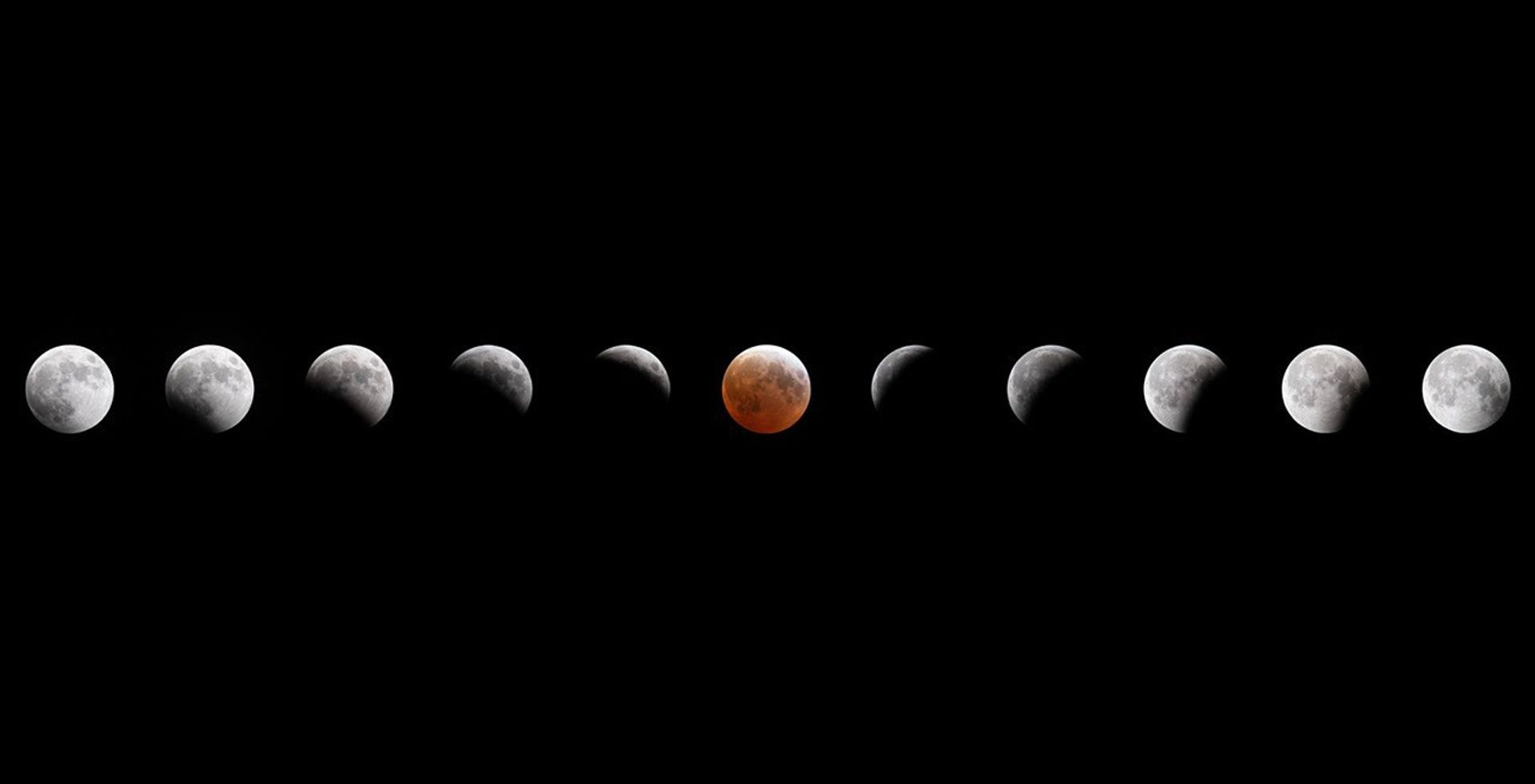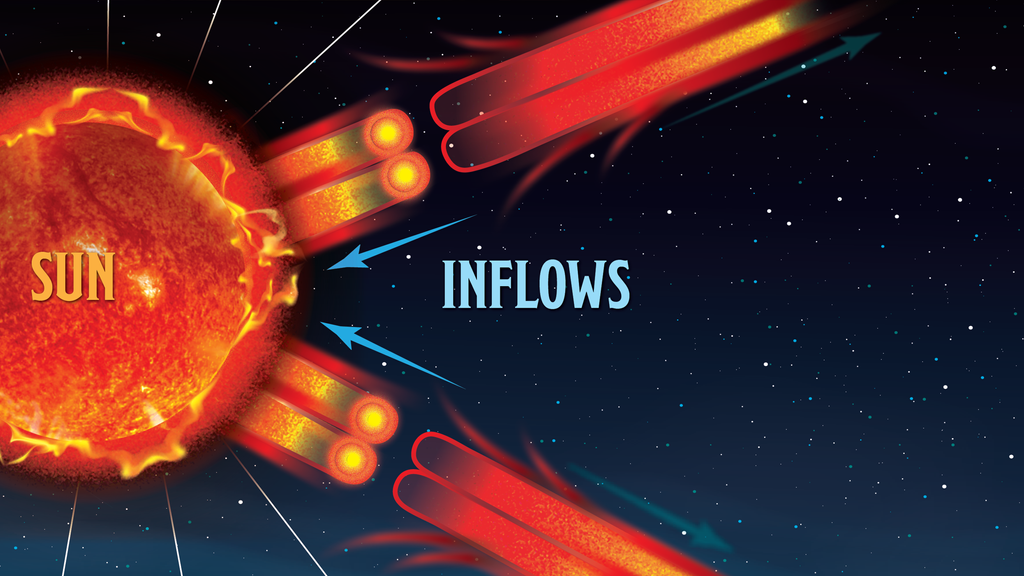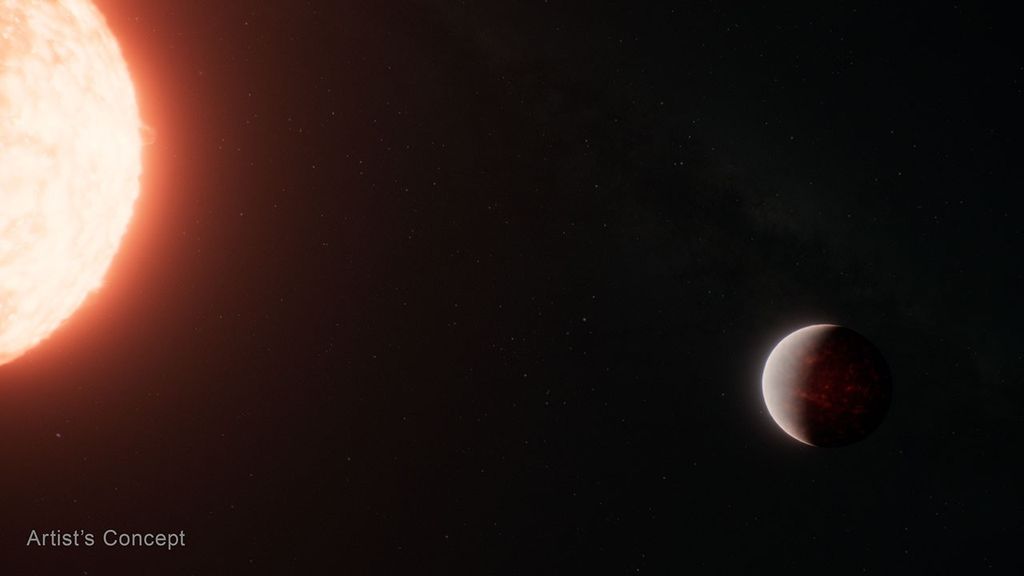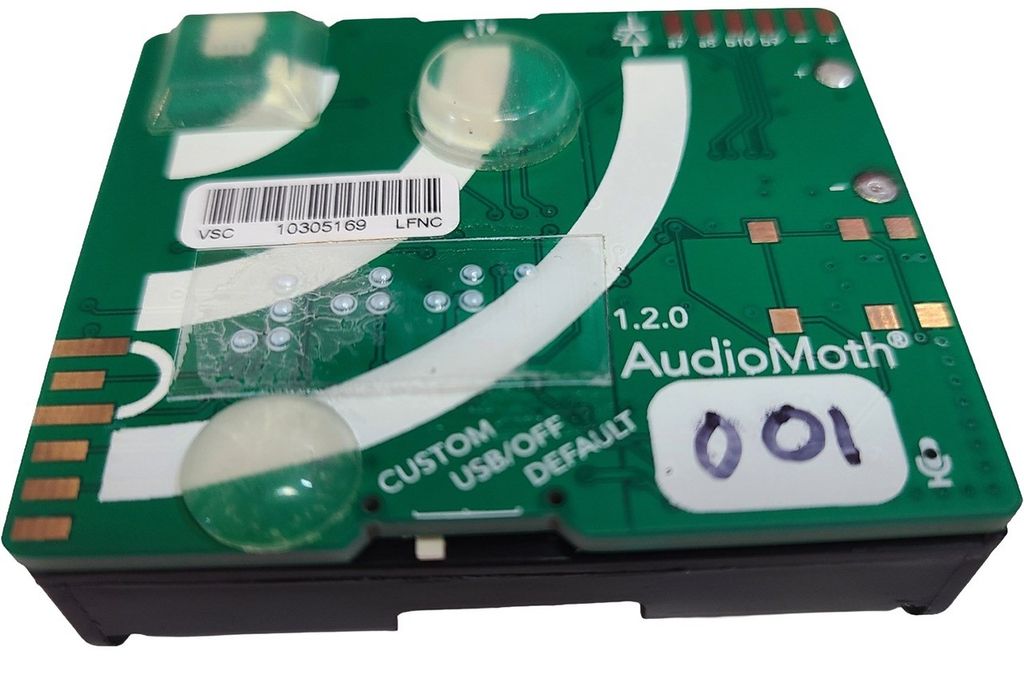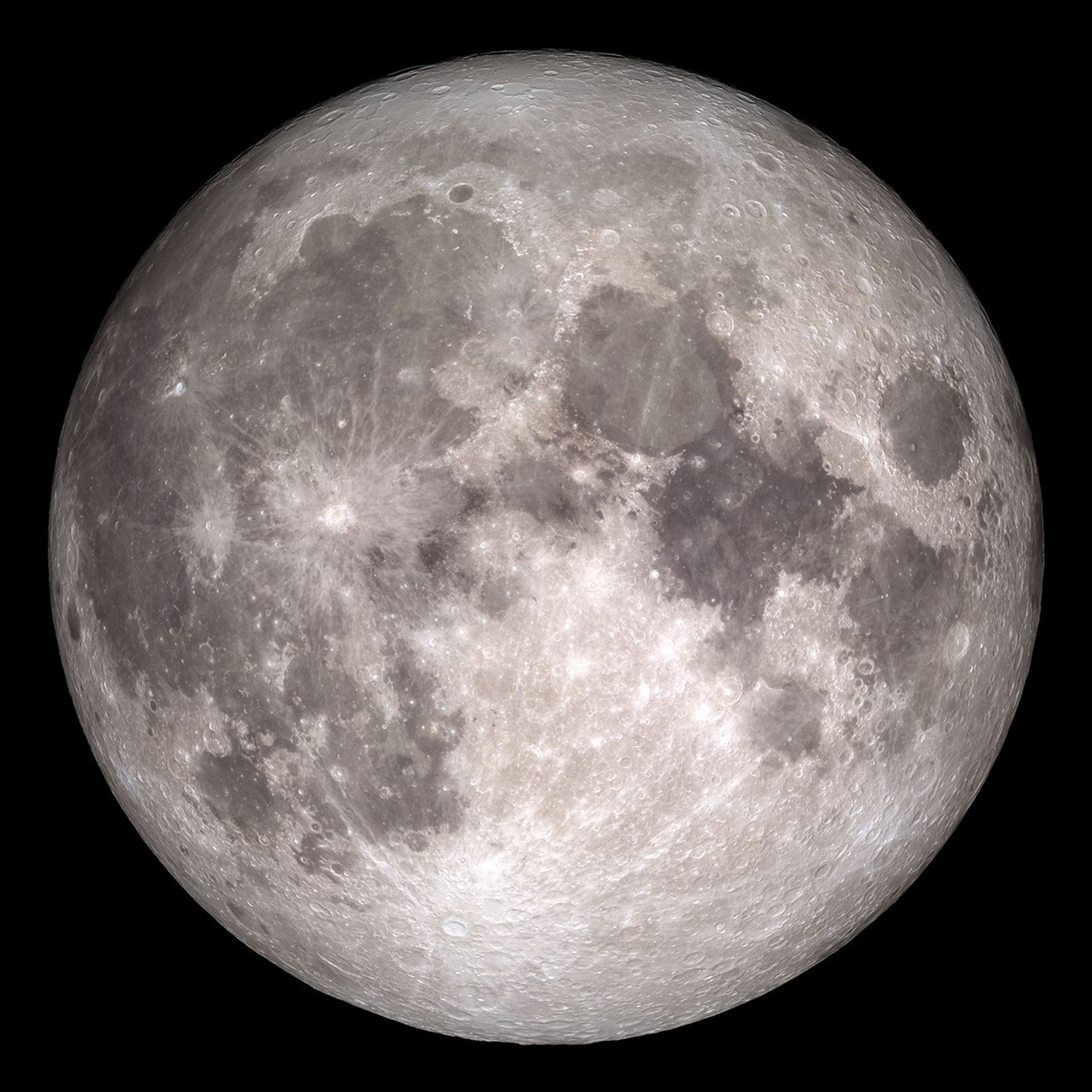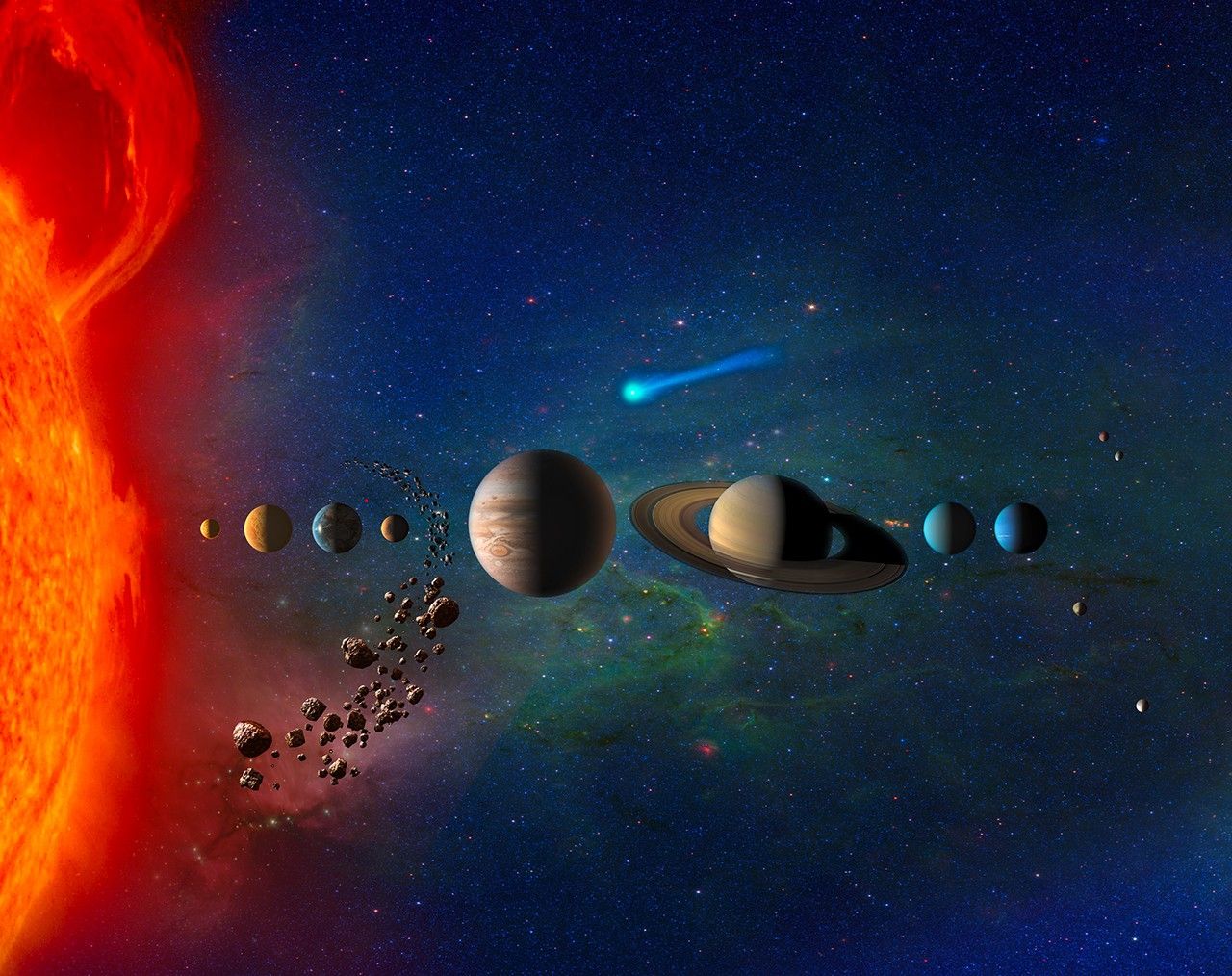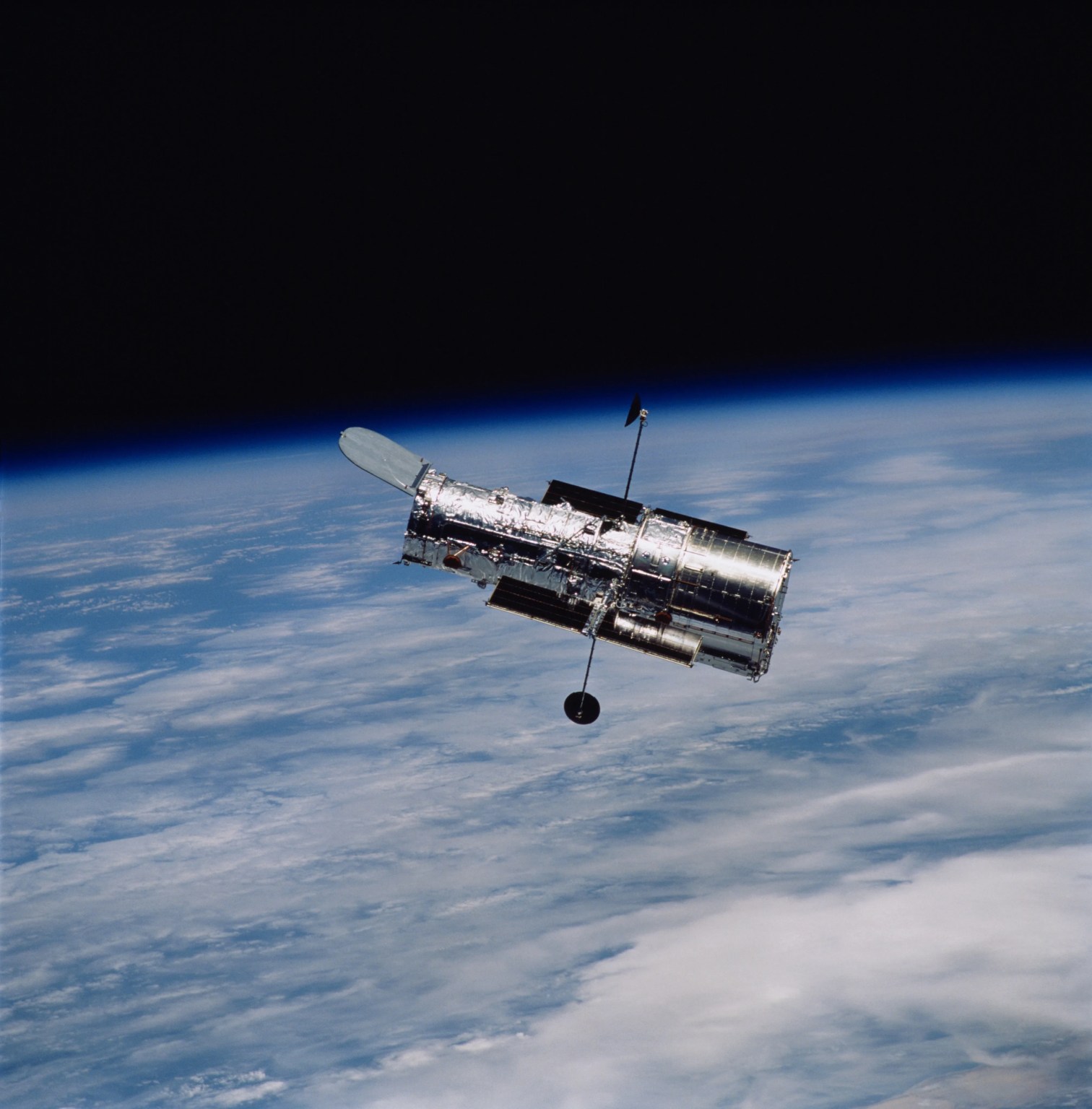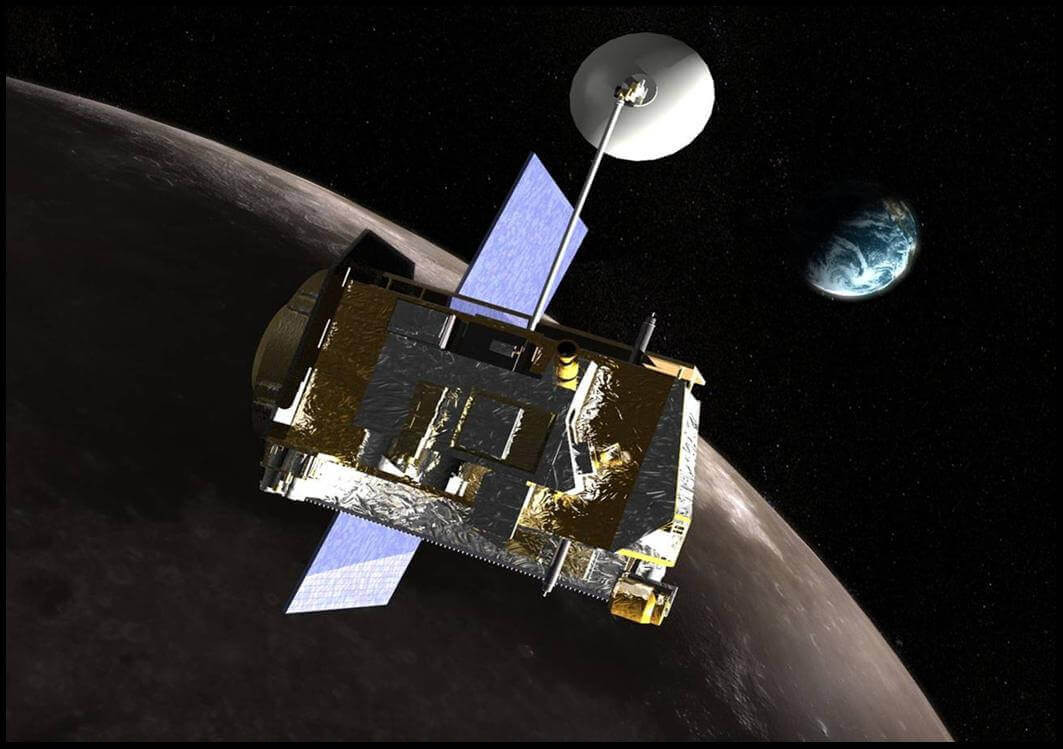Discover Earth's Moon
In addition to the resources on this page, follow along with updates on lunar science and exploration through @NASASolarSystem and @NASAArtemis on your preferred social media platform.
Earth's Moon
Learn more about the Moon, which plays a pivotal role in the study of our planet and beyond.
Explore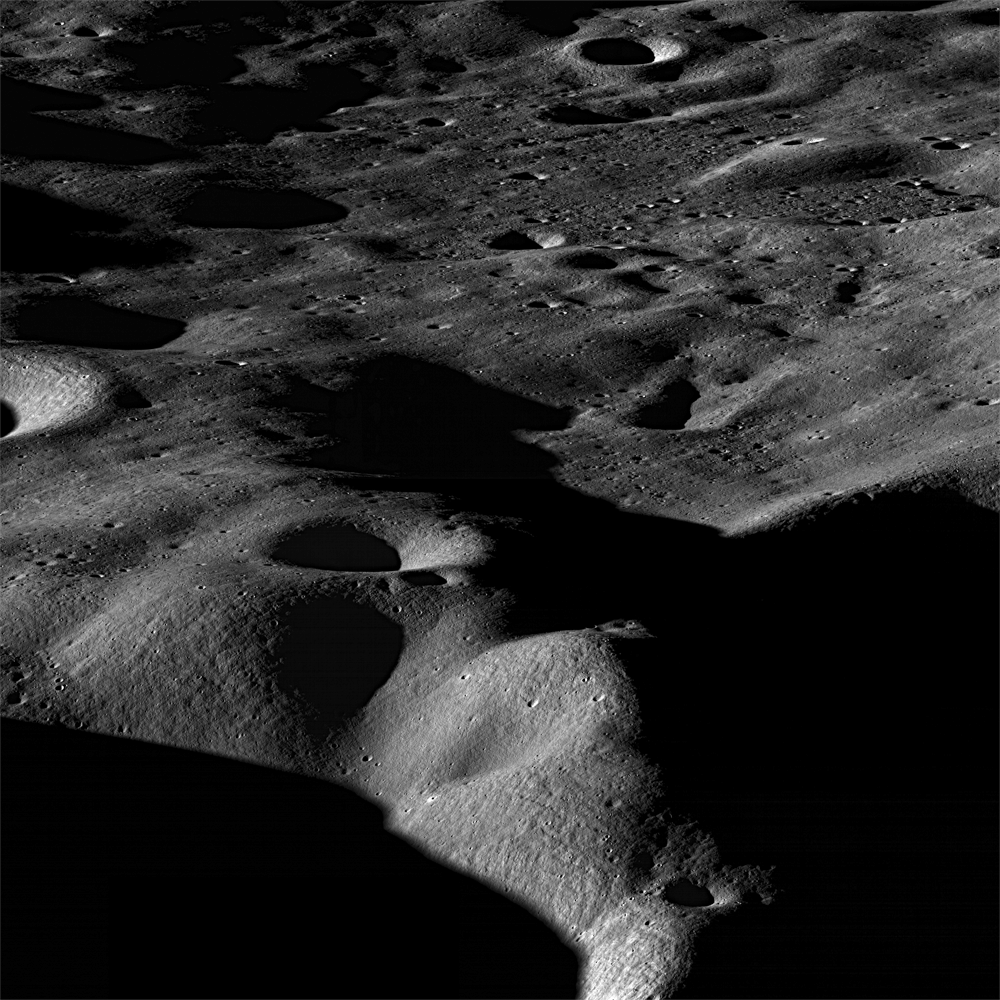
Animations and Videos

Planting an Artemis I Moon Tree
On Nov. 16, 2022, NASA launched the Artemis I test flight, sending an uncrewed Orion capsule beyond the Moon and back. On board were seeds from five species of trees, to be planted after returning to Earth. On Nov. 7, 2024, a seedling from the Artemis I flight was planted at the NASA Goddard Visitor Center. Check out this video for the commemoration event.

Artemis Science: Exploring the Moon's South Pole
NASA's Artemis III mission will target landing sites near the lunar South Pole. There, ancient rocks, minerals, and trapped water ice will not only provide resources for human explorers, they may also contain clues to the formation and evolution of our planet and the solar system.
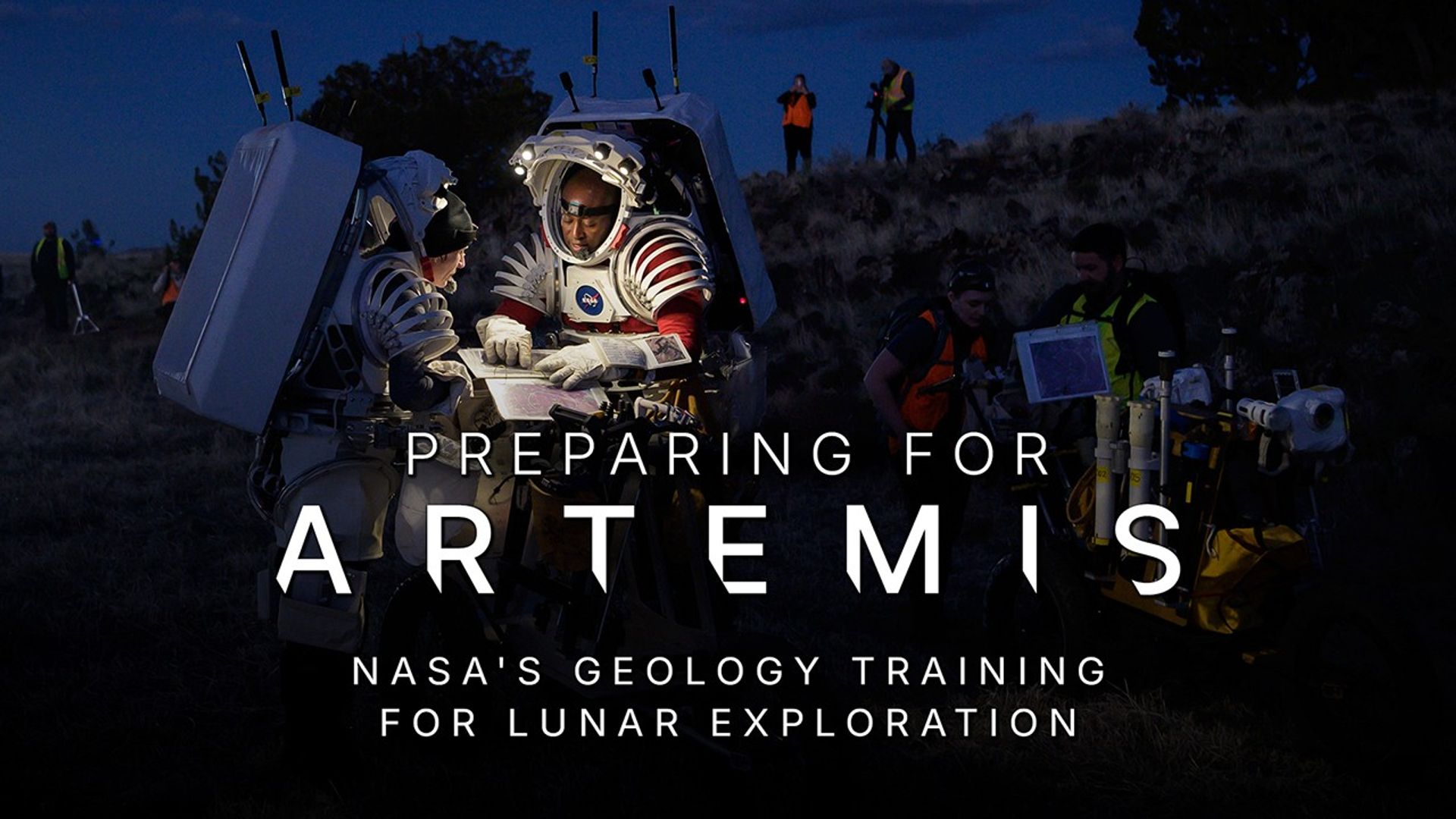
Preparing for Artemis: NASA's Geology Training for Lunar Exploration
From the volcanic fields of Arizona to the lunar-like landscape of Iceland, learn how NASA scientists are actively preparing astronauts and mission support teams for conducting science on the Moon.
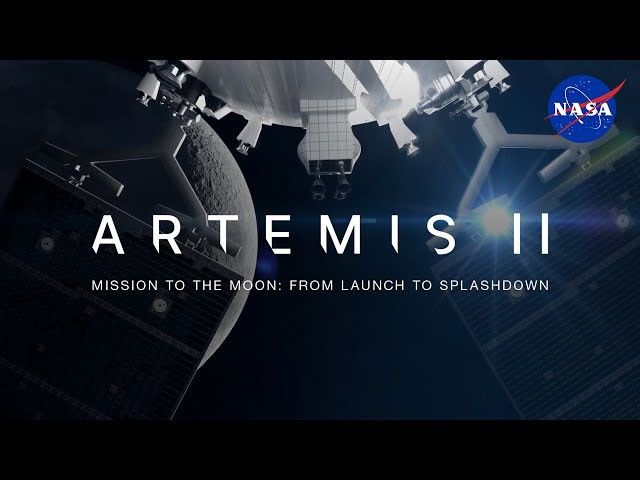
Artemis II to the Moon: Launch to Splashdown
Discover the Artemis II mission, which will fly four astronauts around the Moon. This mission will last for about 10 days and will be the first crewed test flight of the Space Launch System rocket, the Orion spacecraft, and the Exploration Ground Systems at NASA's Kennedy Space Center Florida needed to support them.
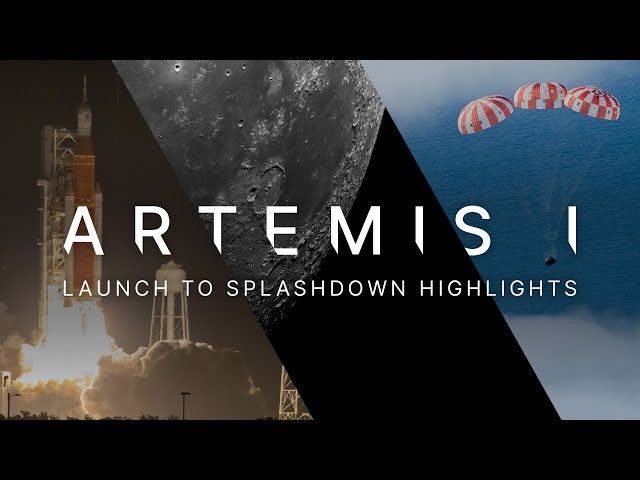
NASA's Artemis I Moon Mission: Launch to Splashdown Highlights
Artemis I launched from historic Launch Complex 39B at NASA's Kennedy Space Center in Florida on Nov. 16, 2022, and returned to Earth on Dec. 11, 2022 (on the 50th anniversary of Apollo 17 landing on the Moon). Check out this video for highlights from the mission.
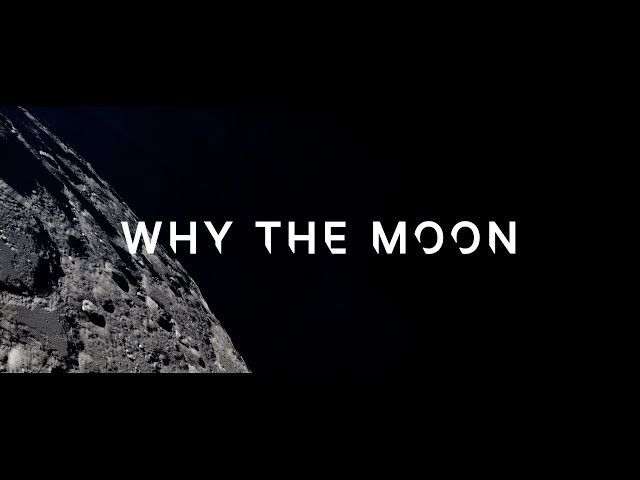
Why the Moon?
The Artemis missions will build a community on the Moon, driving a new lunar economy and inspiring a new generation. This video explains why returning to the Moon is a natural next step in human exploration, and how the lessons learned from Artemis will pave the way to Mars and beyond.
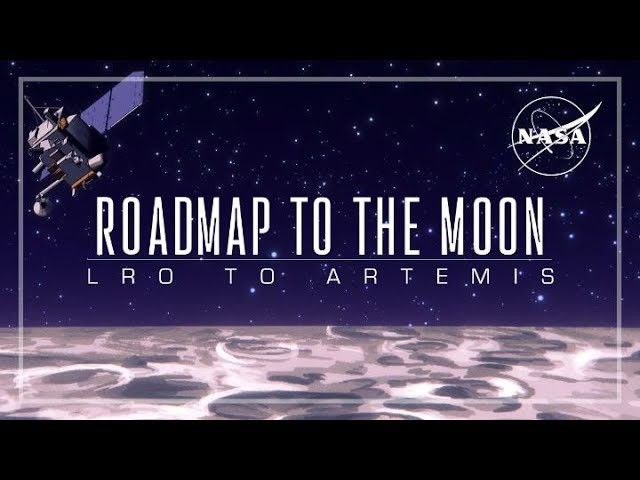
Roadmap to the Moon: LRO to Artemis
Explore how NASA's LRO (Lunar Reconnaissance Orbiter) mission is laying the groundwork for future Artemis science.
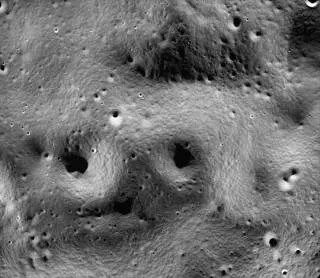
Pinpointing the Moon's South Pole
This visualization shows the precise location of the Moon's South Pole in the system of lunar latitude and longitude adopted by the Lunar Reconnaissance Orbiter mission.
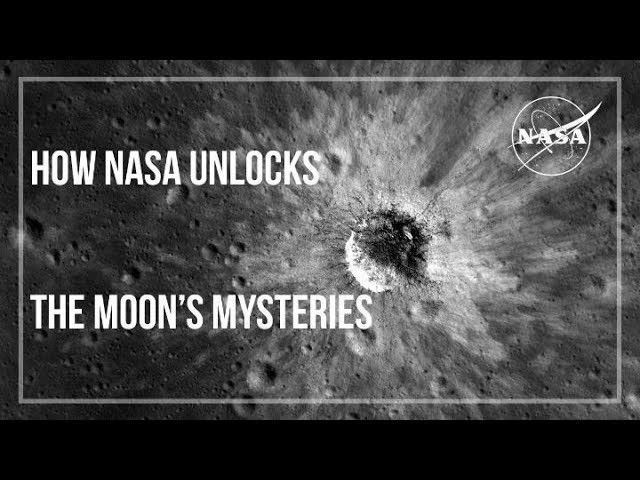
How NASA Unlocks the Moon's Mysteries
This video showcases how the instruments onboard LRO (Lunar Reconnaissance Orbiter), and the data they collect, help scientists make important discoveries about the Moon.
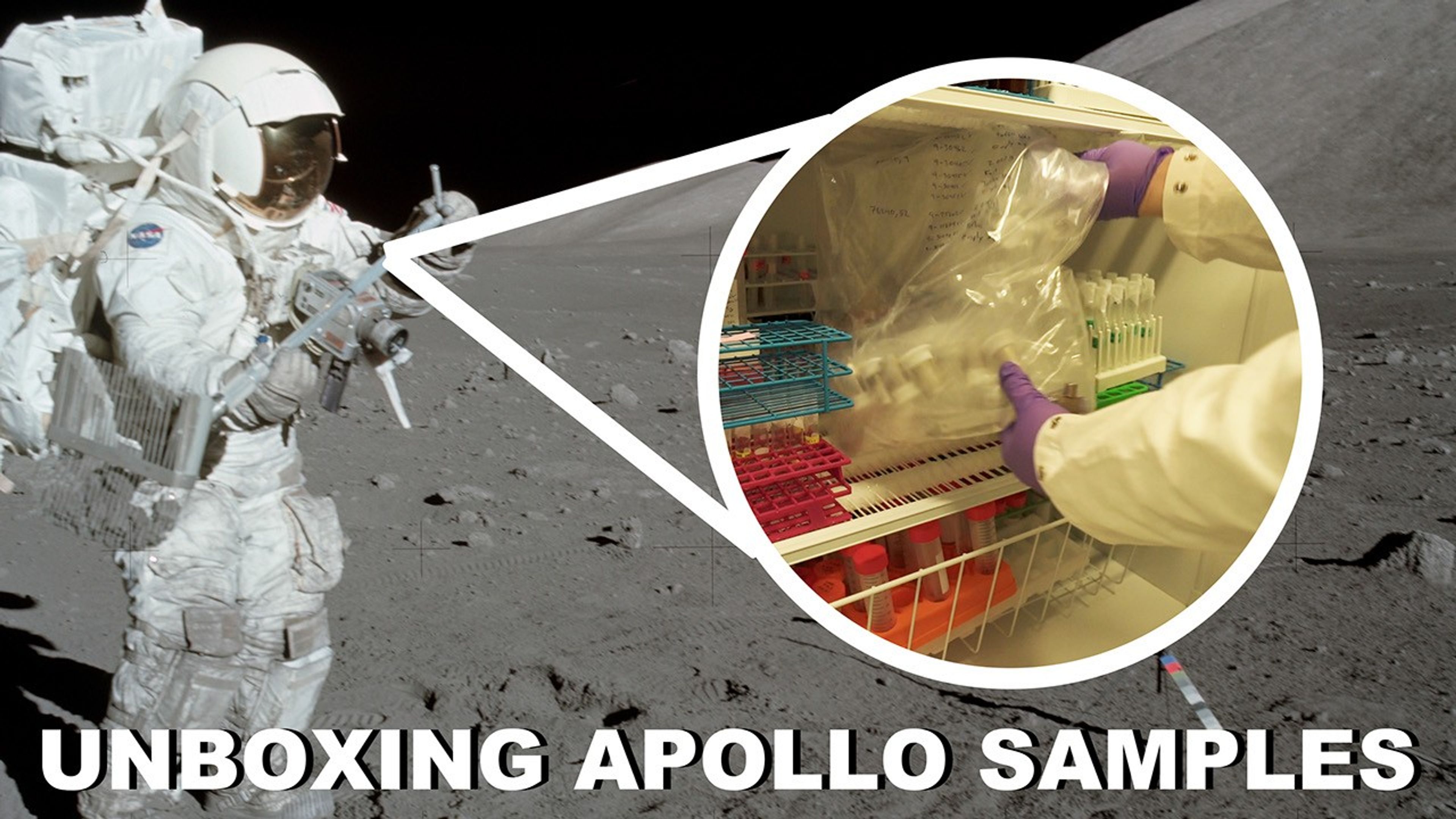
Unboxing Apollo Samples
Learn about the research being done as part of the Apollo Next Generation Sample Analysis Program, or ANGSA, an effort to study the samples returned from the Apollo Program in advance of the upcoming Artemis missions to the Moon's South Pole.
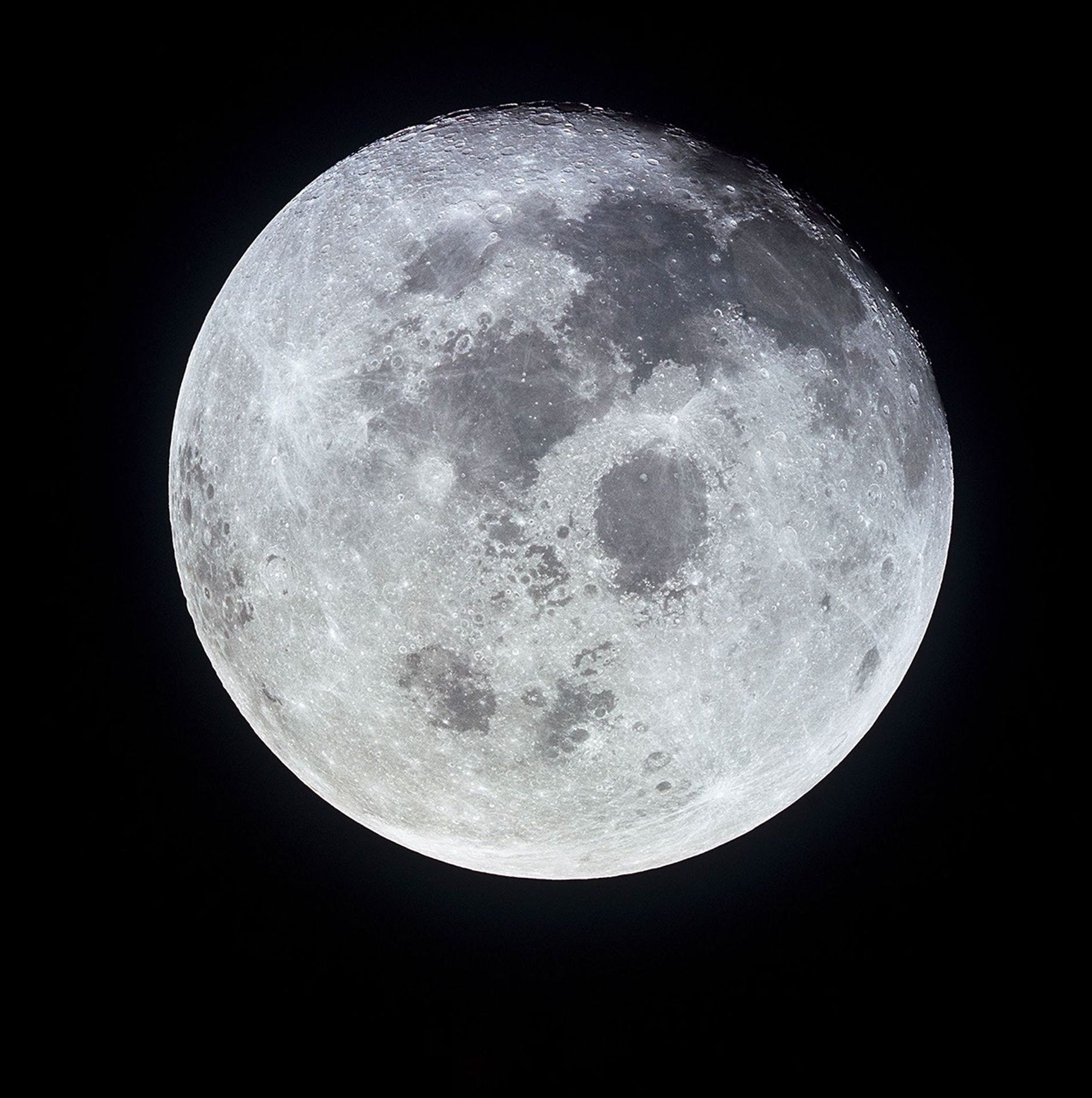
NASA Extracts Oxygen From Lunar Soil Simulant
Resources like oxygen are crucial building blocks in NASA's plans to establish a long-term presence on the lunar surface. Discover how scientists were able to successfully extract oxygen from simulated lunar soil in this video.

Spacesuits for Artemis: Moon Dust and Mobility
Exploration is dirty work! Advanced spacesuits will protect the next humans on the Moon from the harsh lunar environment. Find out how NASA research and development are shaping spacesuits for the Artemis generation.
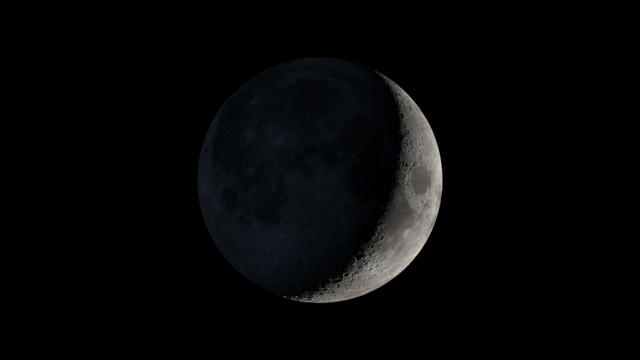
Moon Phase and Libration, 2025
This visualization shows the Moon's phase at hourly intervals throughout 2025, as viewed from the Northern Hemisphere. A Southern Hemisphere version is also available.
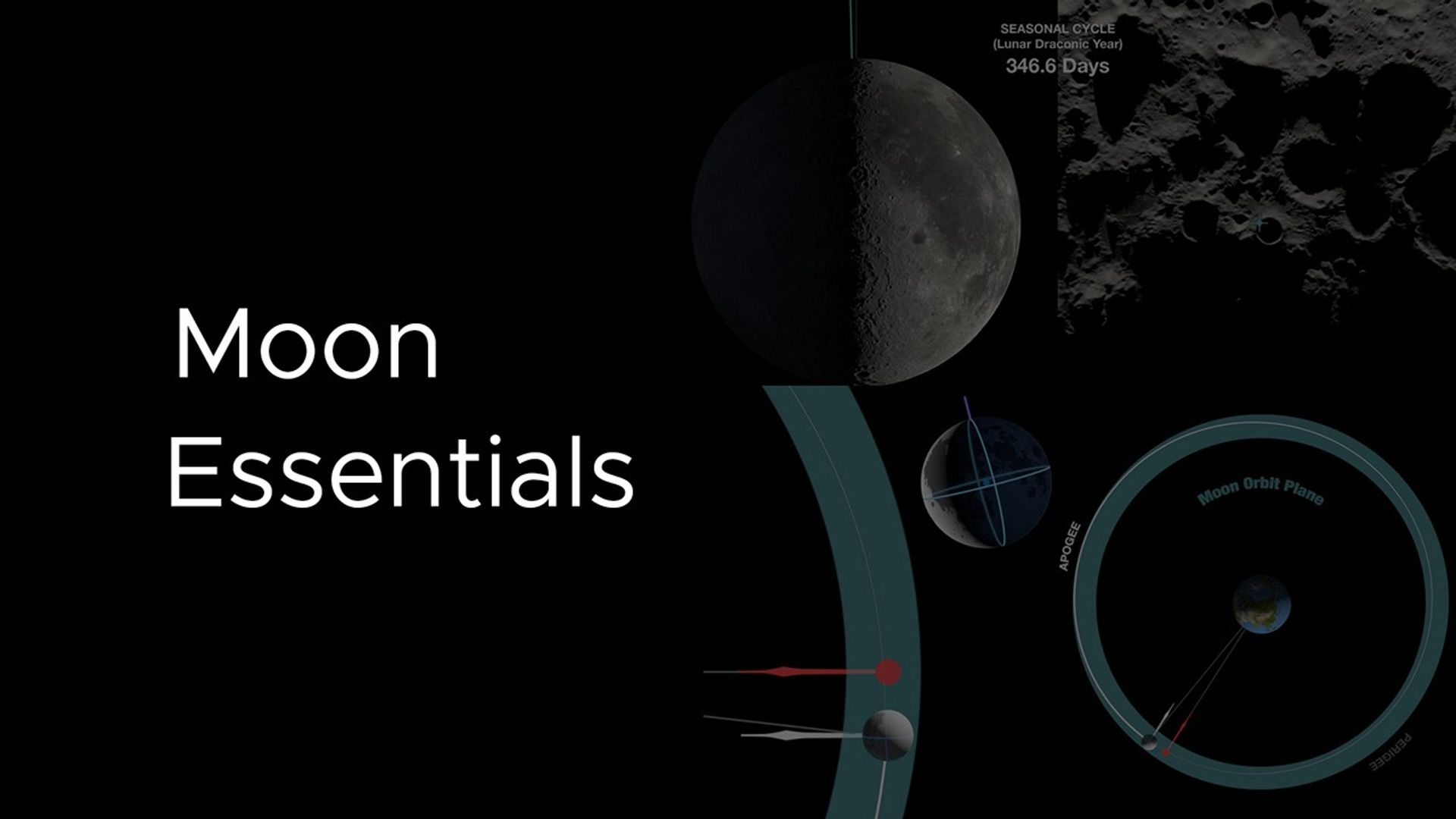
Moon Essentials from NASA's Scientific Visualization Studio
See Earth's Moon from a new perspective with these NASA data visualizations.
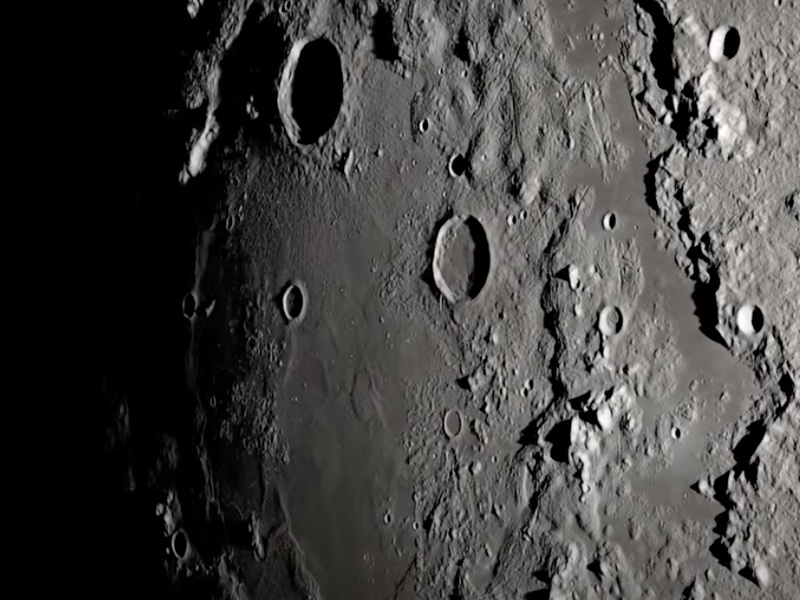
Moonscapes
This video tours several visually compelling locations on the Moon's surface and speaks to their scientific value.
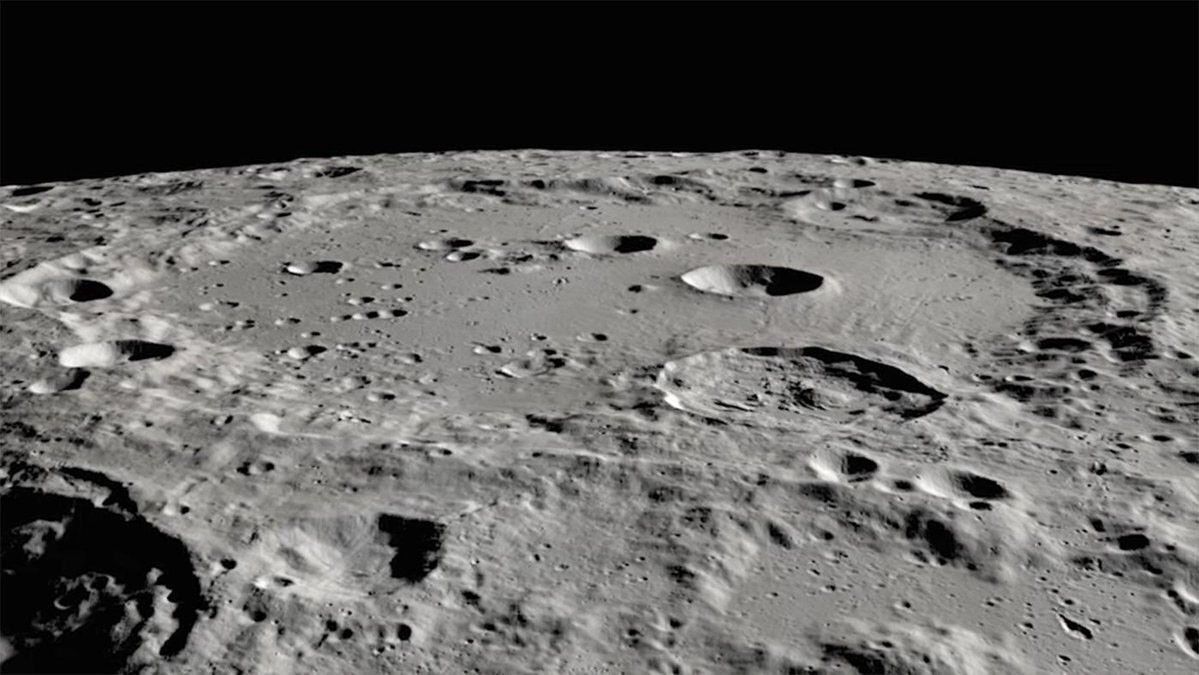
NASA+ Space Out: Moon Visuals
Space out to relaxing music and stunning ultra high-definition visuals of the Moon.
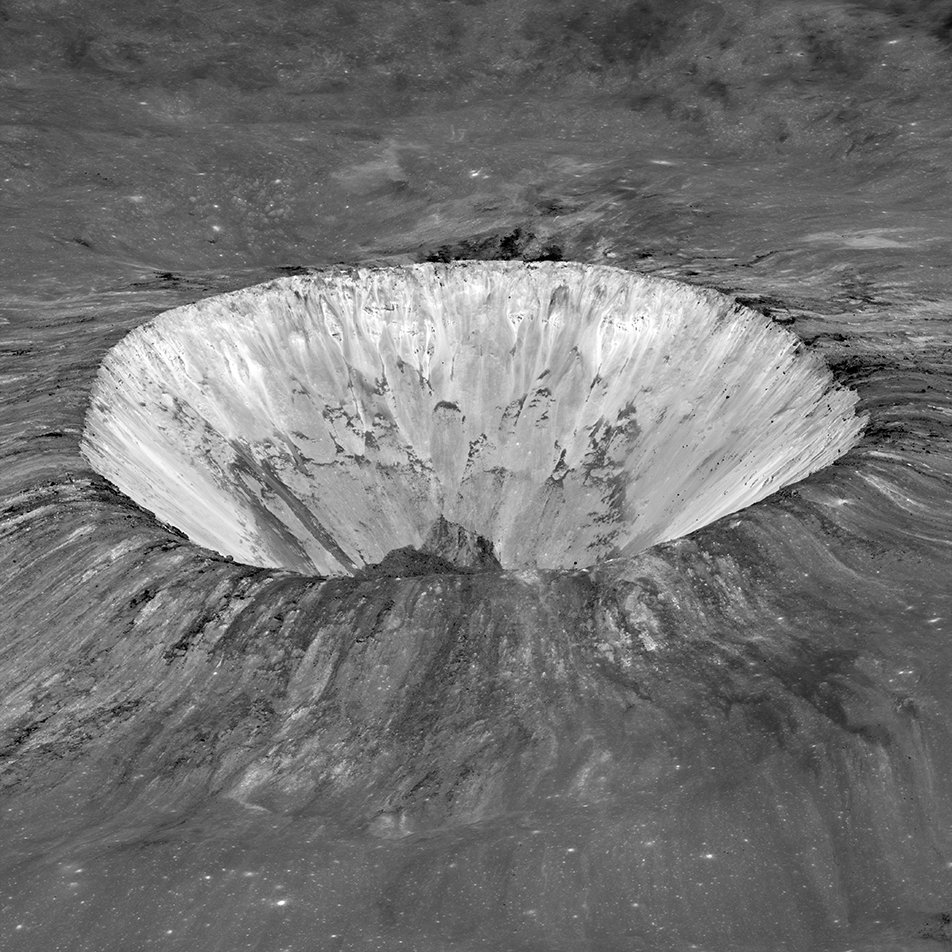
Activities
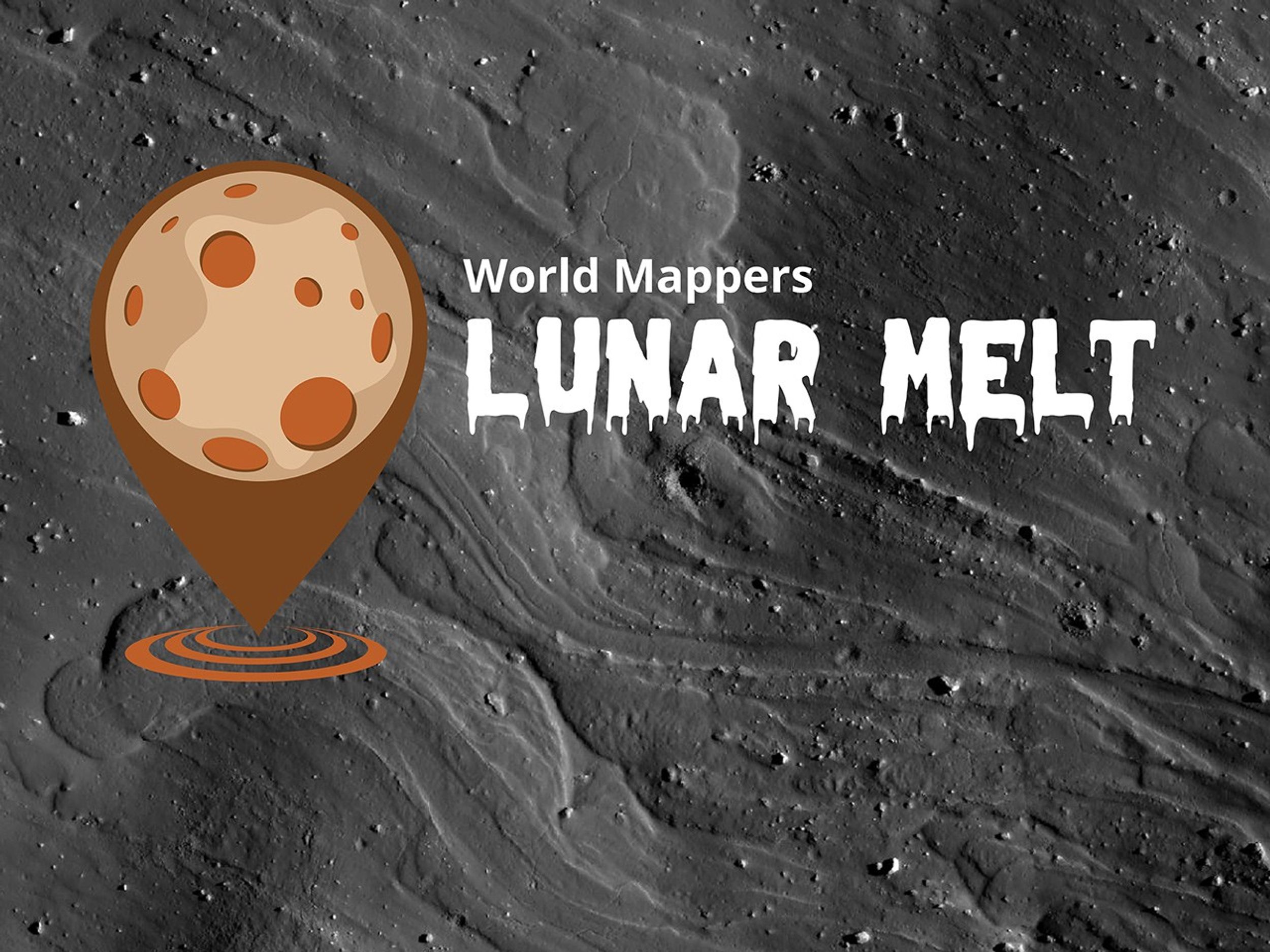
Lunar Melt Mappers
When asteroids strike the Moon, they melt rock and scatter boulders across the surface. Through the citizen science project Lunar Melt, you can help uncover the Moon's history. No matter where you are in the world, anyone with a computer can join in. By marking craters and boulders in lunar images, your clicks contribute to real science, advancing our understanding of how impacts shaped our nearest neighbor in space.
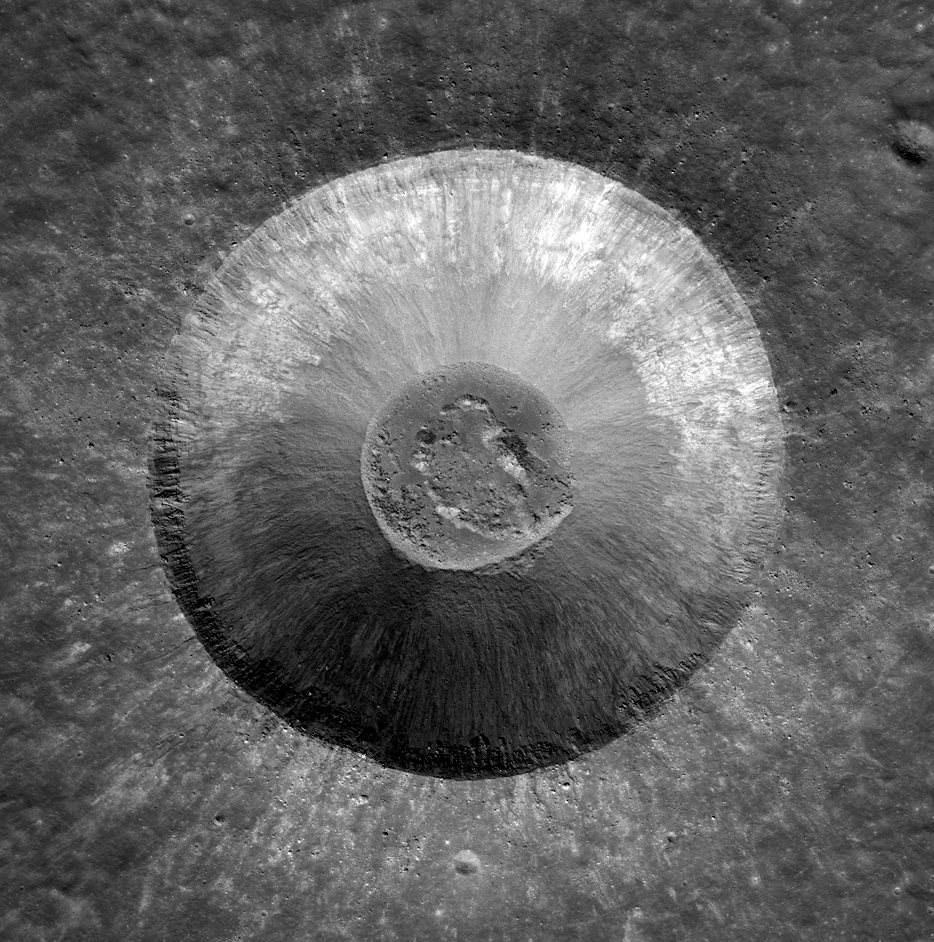
DIY Impact Craters
Create your own lunar impact craters using simple materials. When astronauts visit the Moon during future Artemis missions, they'll explore craters that may contain water and ice. Testing and studying these craters may help NASA identify areas that are rich in water and other resources and how best to use those materials while on the lunar surface.
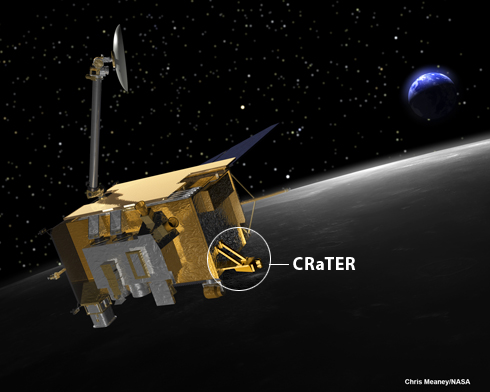
Make a Mini Moon Comic
The Cosmic Ray Telescope for the Effects of Radiation, or CRaTER, is a shoebox-sized instrument onboard NASA's Lunar Reconnaissance Orbiter. In this activity, you can make a comic book that explains cosmic rays, the danger of cosmic rays, and how CRaTER works.
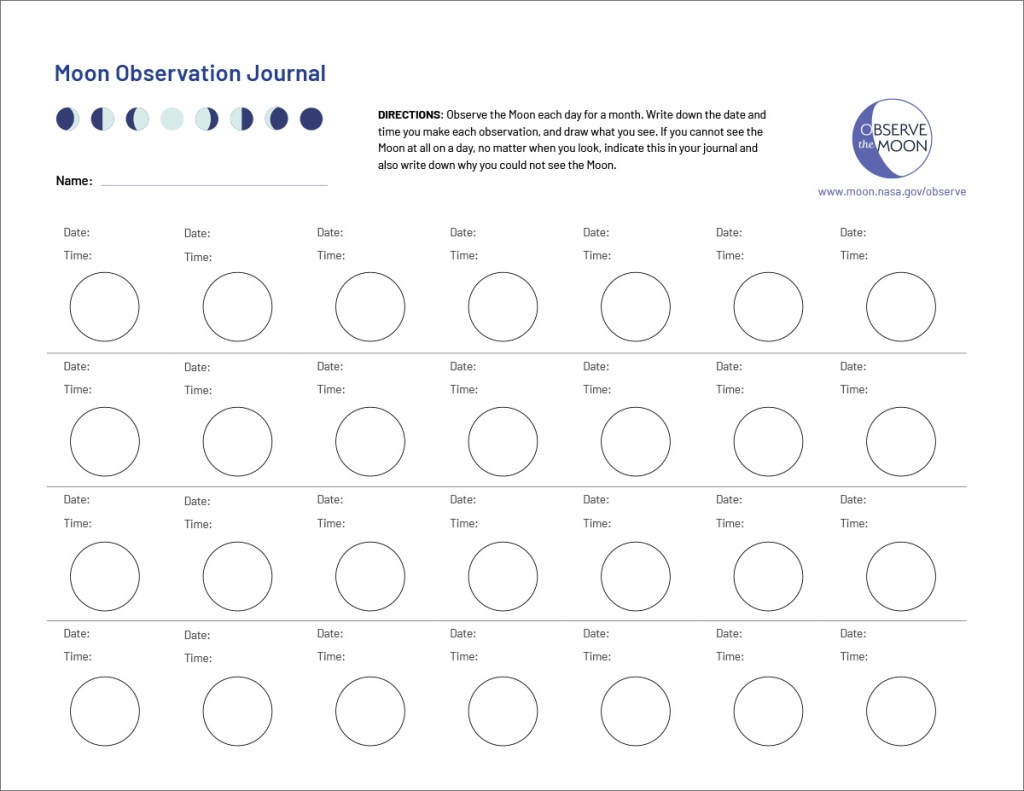
Moon Observation Journal
Spend the next month getting to know the Moon. Set aside some time each day to look at the Moon, and record your observations in the log provided here.
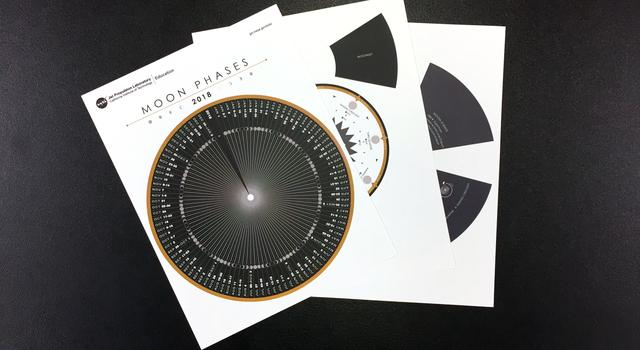
Make a Moon Phases Calendar and Calculator
Have you ever wondered when the next full moon will be? How about the first quarter moon? Now you can have all the dates and times for all the Moon phases for the year at your fingertips by building your own Moon phases calendar and calculator!
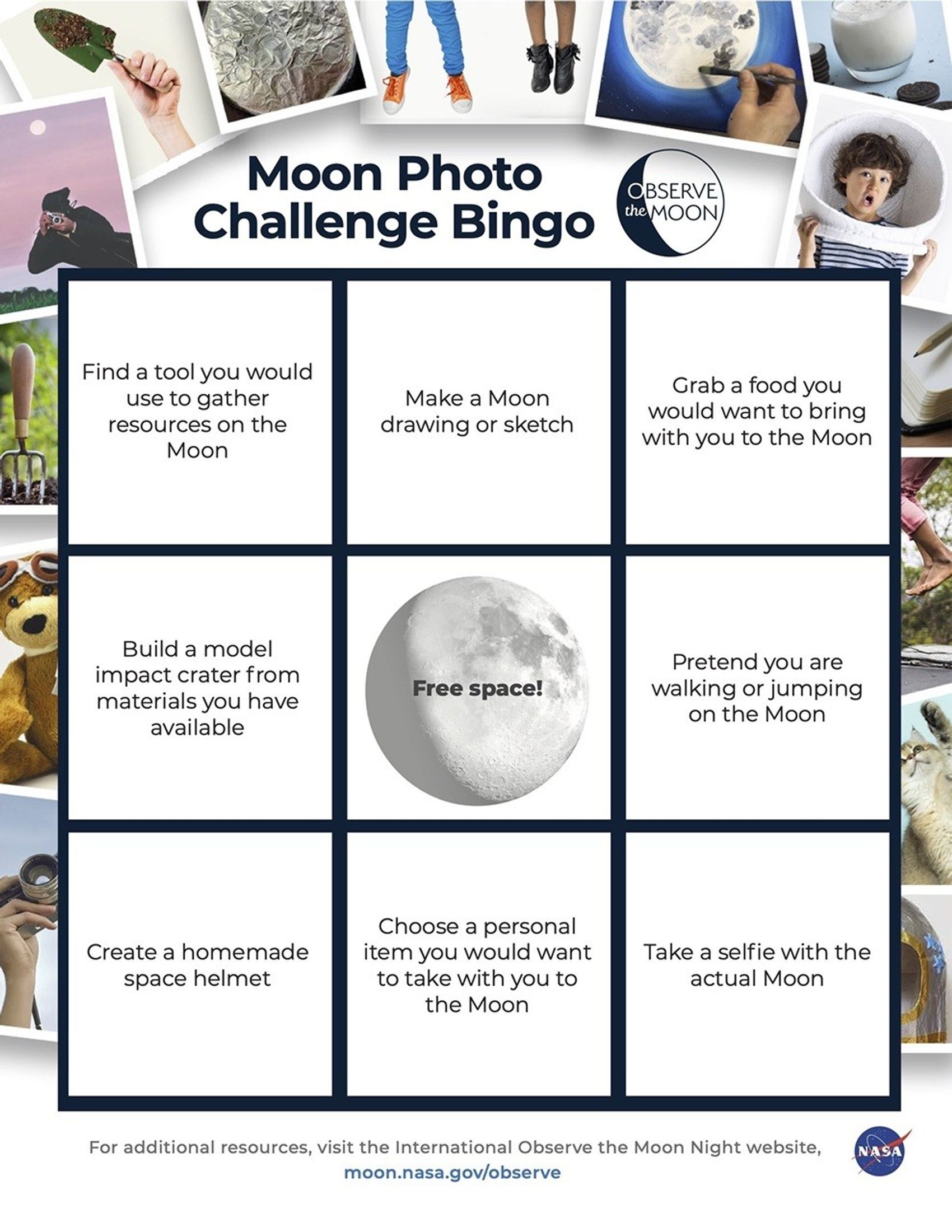
Moon Photo Challenge Bingo
Channel your inner astronaut! Take a picture of yourself completing each of the Moon challenges from the sheet provided here. We encourage you to interpret the challenges creatively using whatever materials you have available.
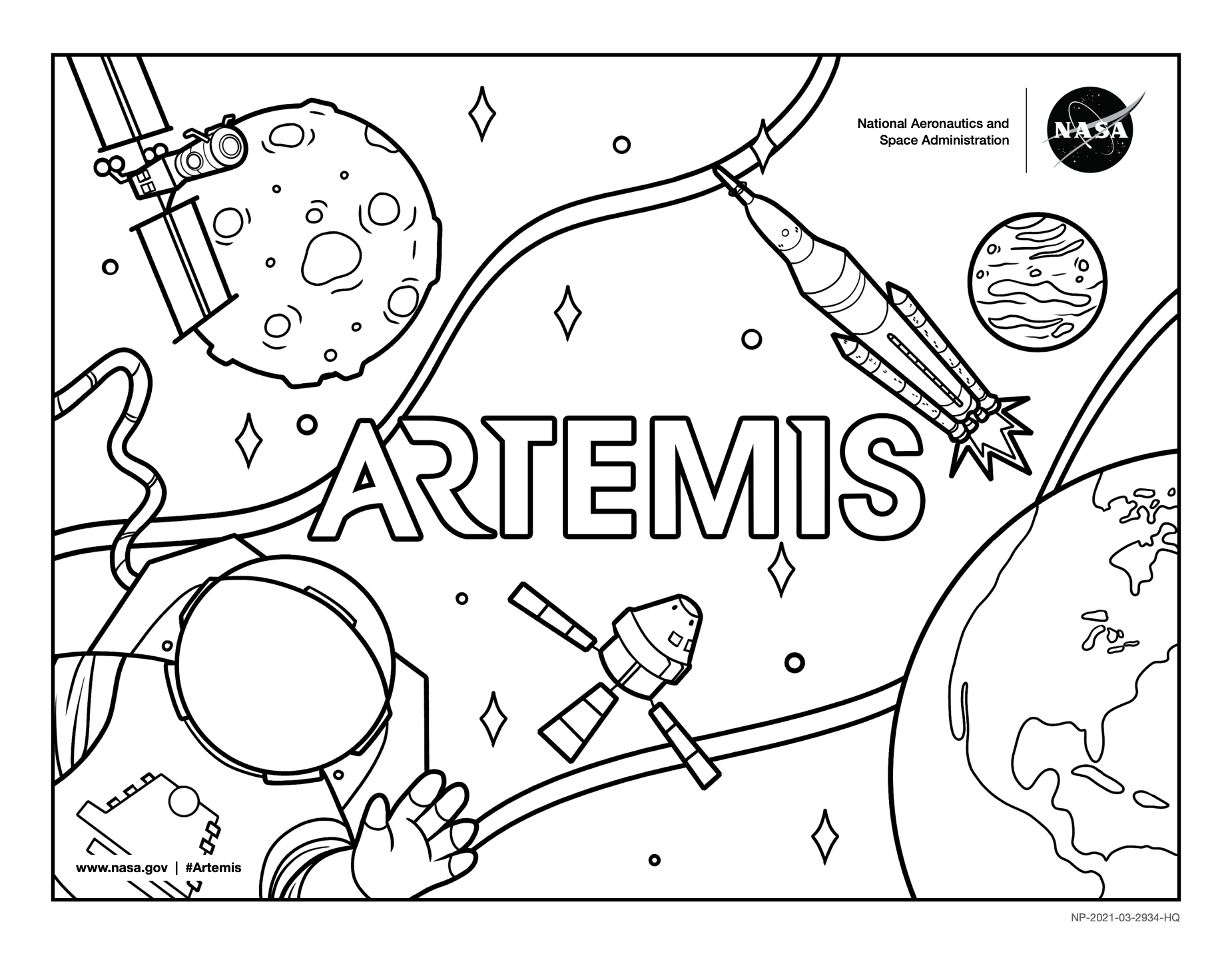
Artemis Coloring Sheet
Let your creativity shine with this Artemis coloring sheet, featuring sketches of the Moon, an astronaut, the Orion spacecraft, the SLS (Space Launch System) rocket, Earth, and a distant planet.
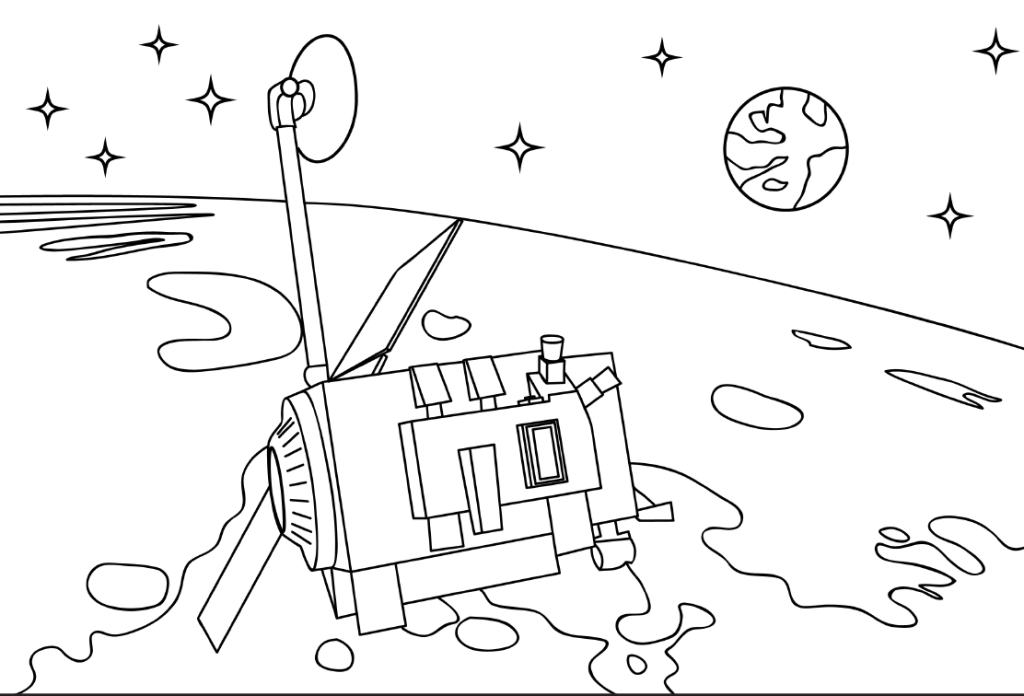
LRO Coloring Page
Color an outline of NASA's LRO (Lunar Reconnaissance Orbiter) spacecraft as it orbits the Moon.

Photograph the Moon!
Discover tips and techniques to make the most of your next lunar photo opportunity.
International Observe the Moon Night
You're invited! International Observe the Moon Night is a time to come together with fellow Moon enthusiasts and curious people worldwide. Everyone on Earth is invited to learn about lunar science and exploration, take part in celestial observations, and honor cultural and personal connections to the Moon.
International Observe the Moon Night 2026 will be held on Saturday, September 19.
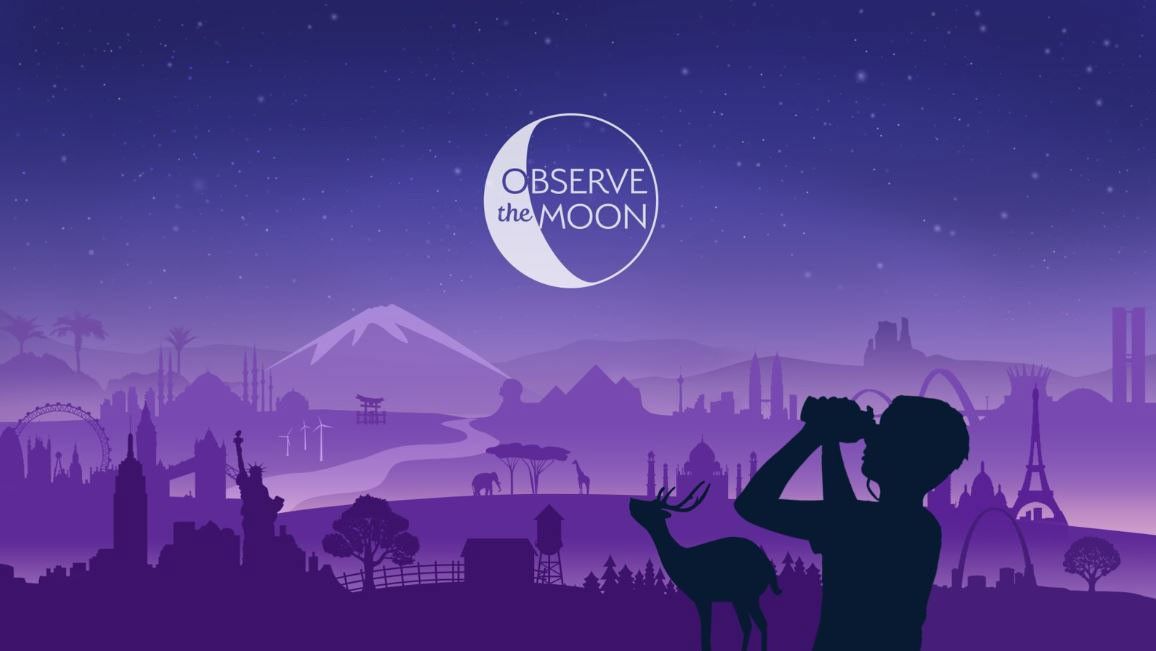
Printable Graphics
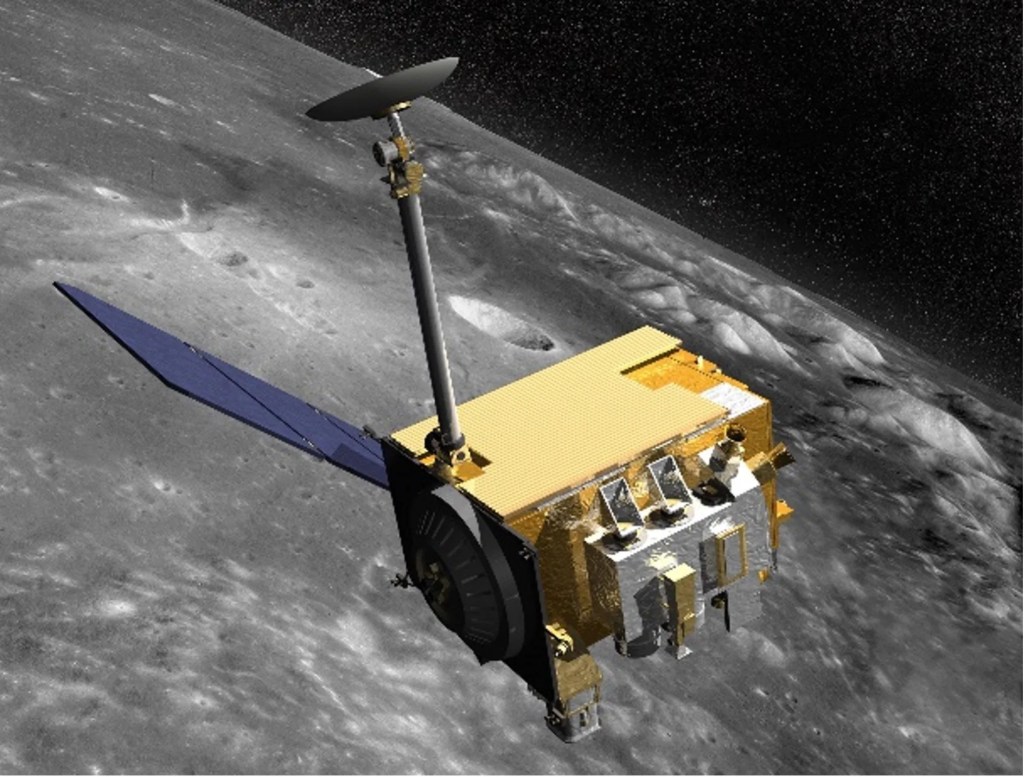
LRO Outreach Materials
Explore this page for a collection of LRO (Lunar Reconnaissance Orbiter) handouts.
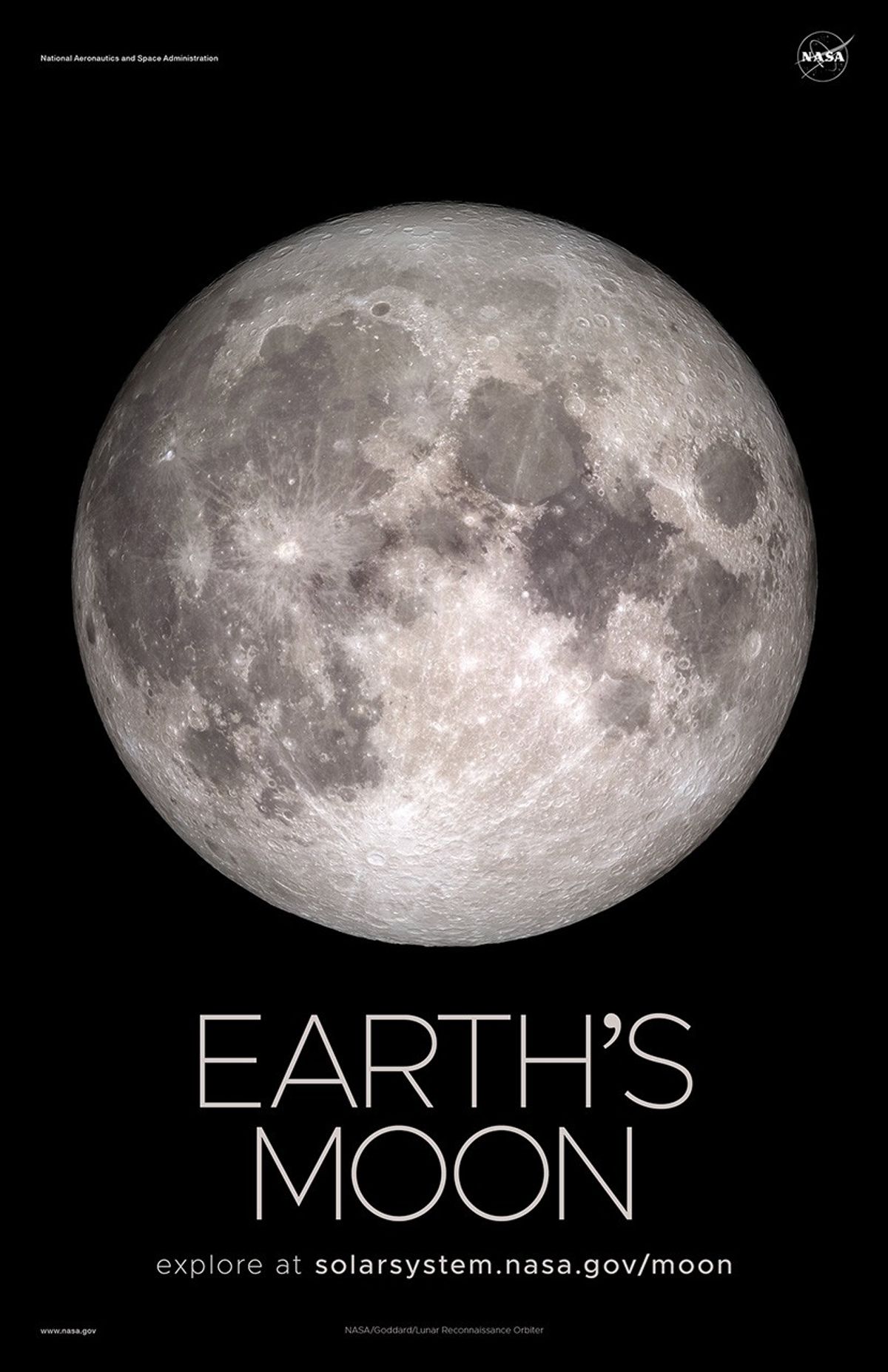
Moon Poster - Version A
This view of the Moon was created with images taken by NASA's Lunar Reconnaissance Orbiter.
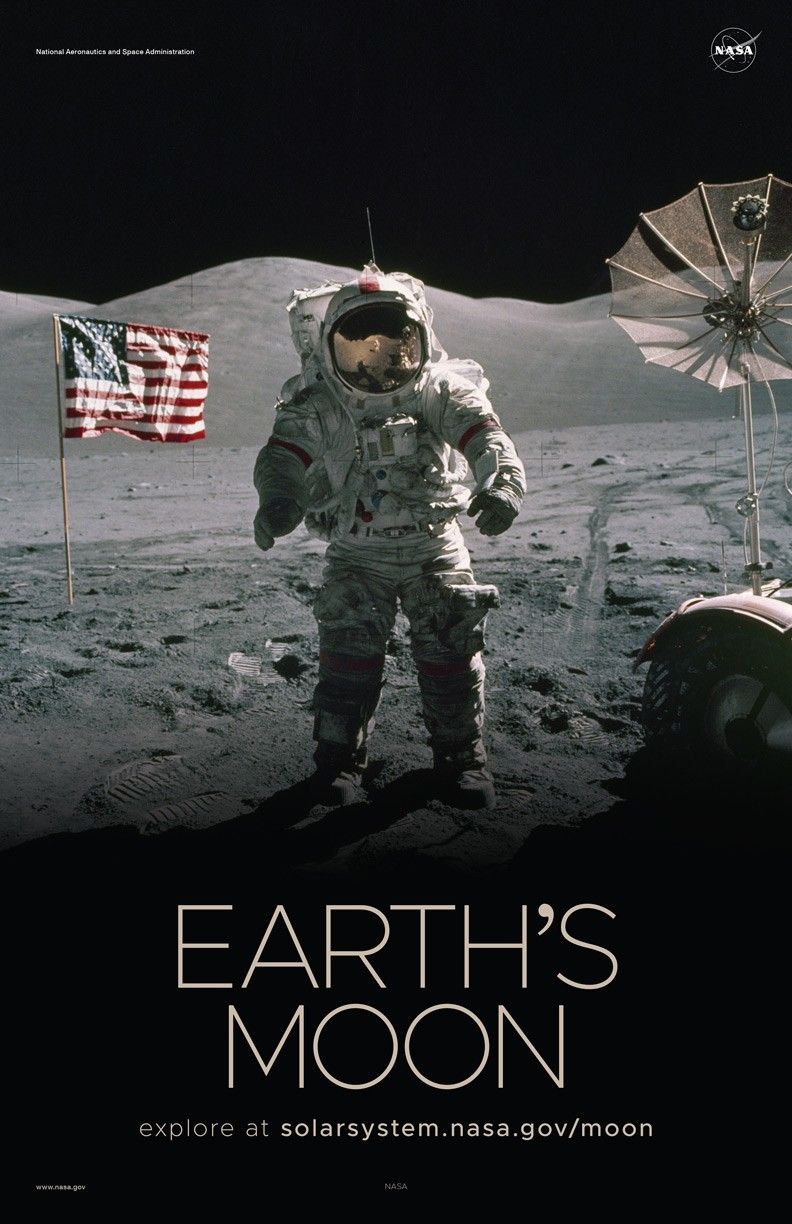
Moon Poster - Version B
Apollo 17 astronaut Eugene Cernan, the last person to walk on the Moon, stands on the lunar surface.
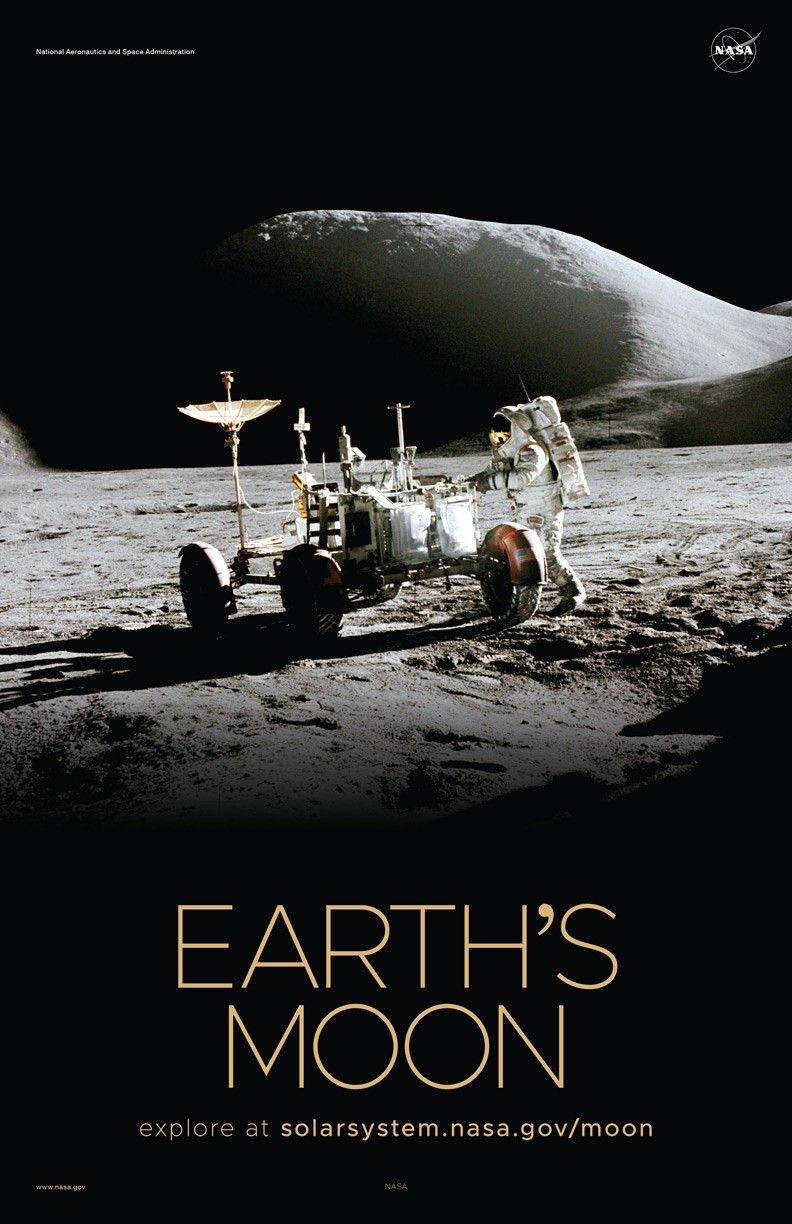
Moon Poster - Version C
Astronaut James Irwin works at the Lunar Roving Vehicle during the first Apollo 15 lunar surface extravehicular activity at the Hadley-Apennine landing site.
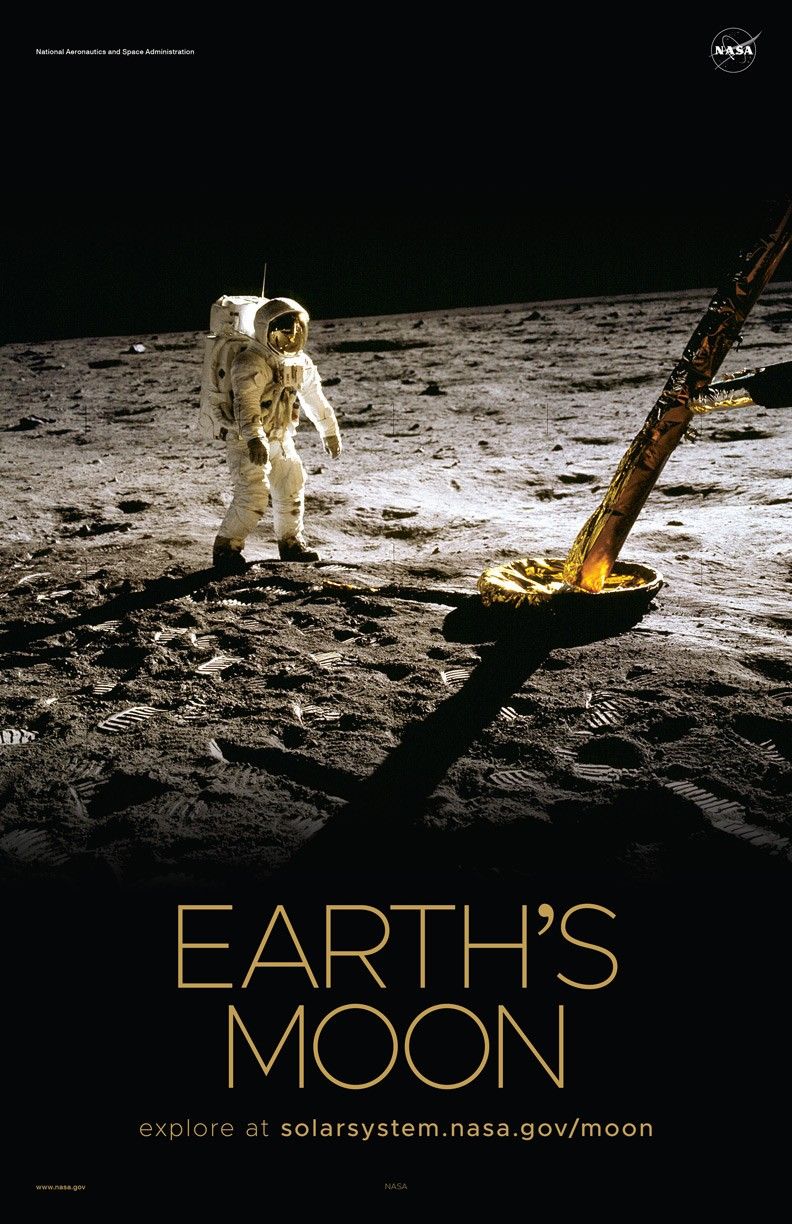
Moon Poster - Version D
Astronaut Buzz Aldrin Jr., lunar module pilot, walks on the surface of the Moon near a leg of the Lunar Module during the Apollo 11 extravehicular activity.
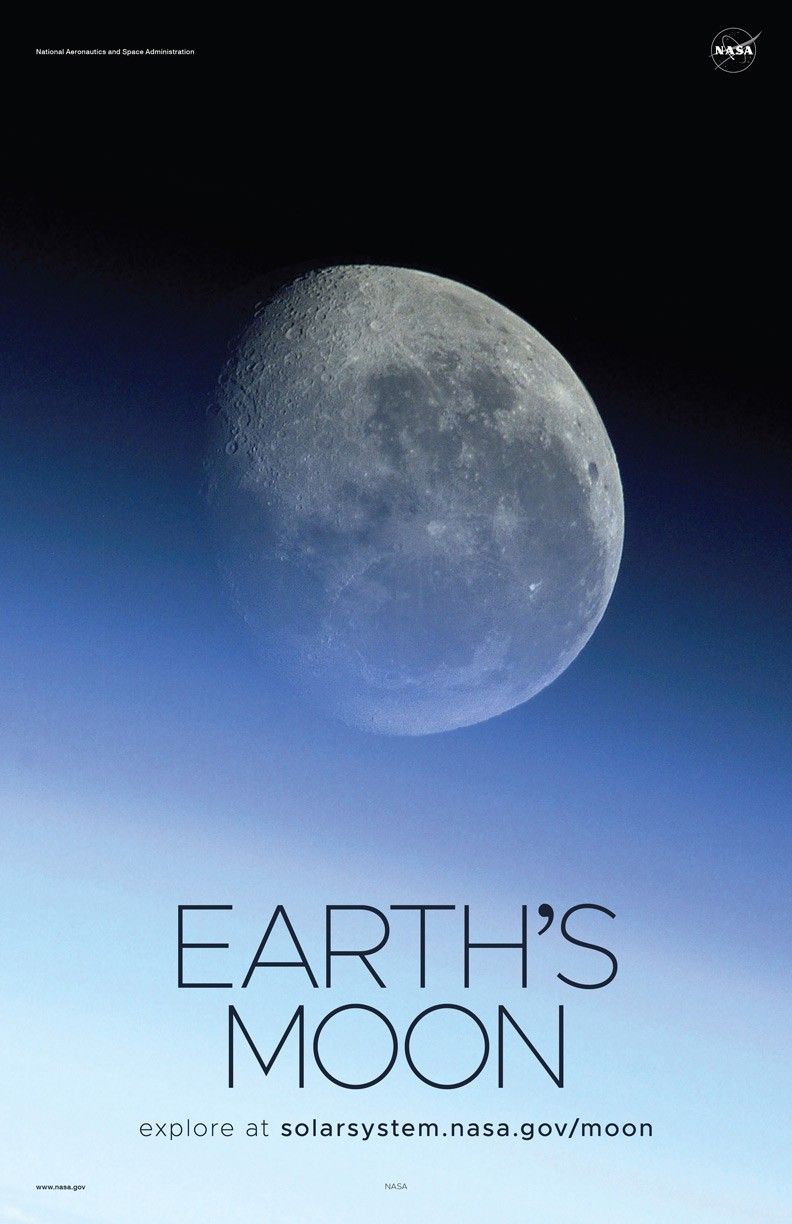
Moon Poster - Version E
A glimpse of the Moon through Earth's atmosphere, as seen from the International Space Station.
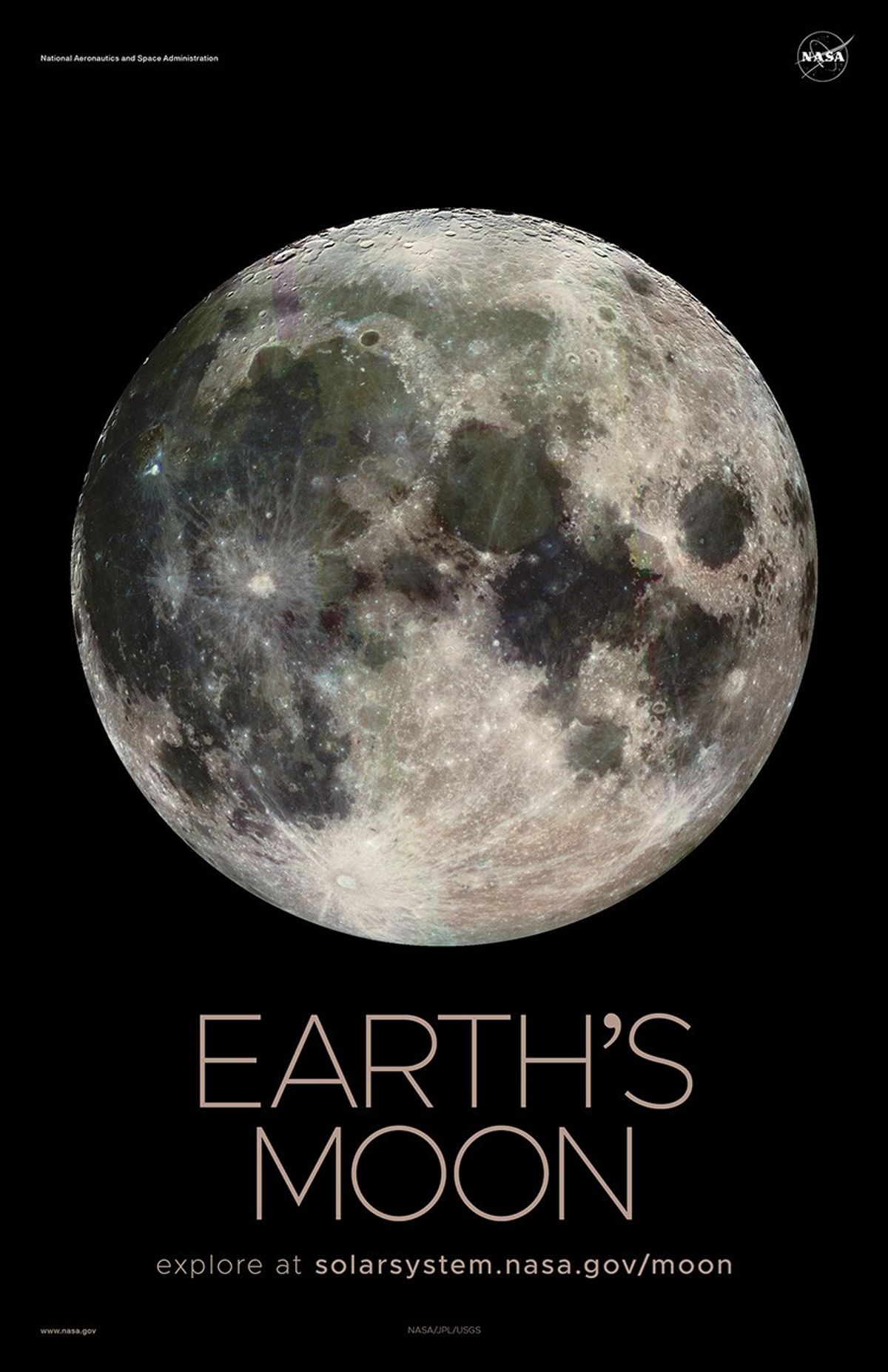
Moon Poster - Version F
On its way to explore the Jupiter system in December 1992, NASA's Galileo spacecraft took this view of the Moon.
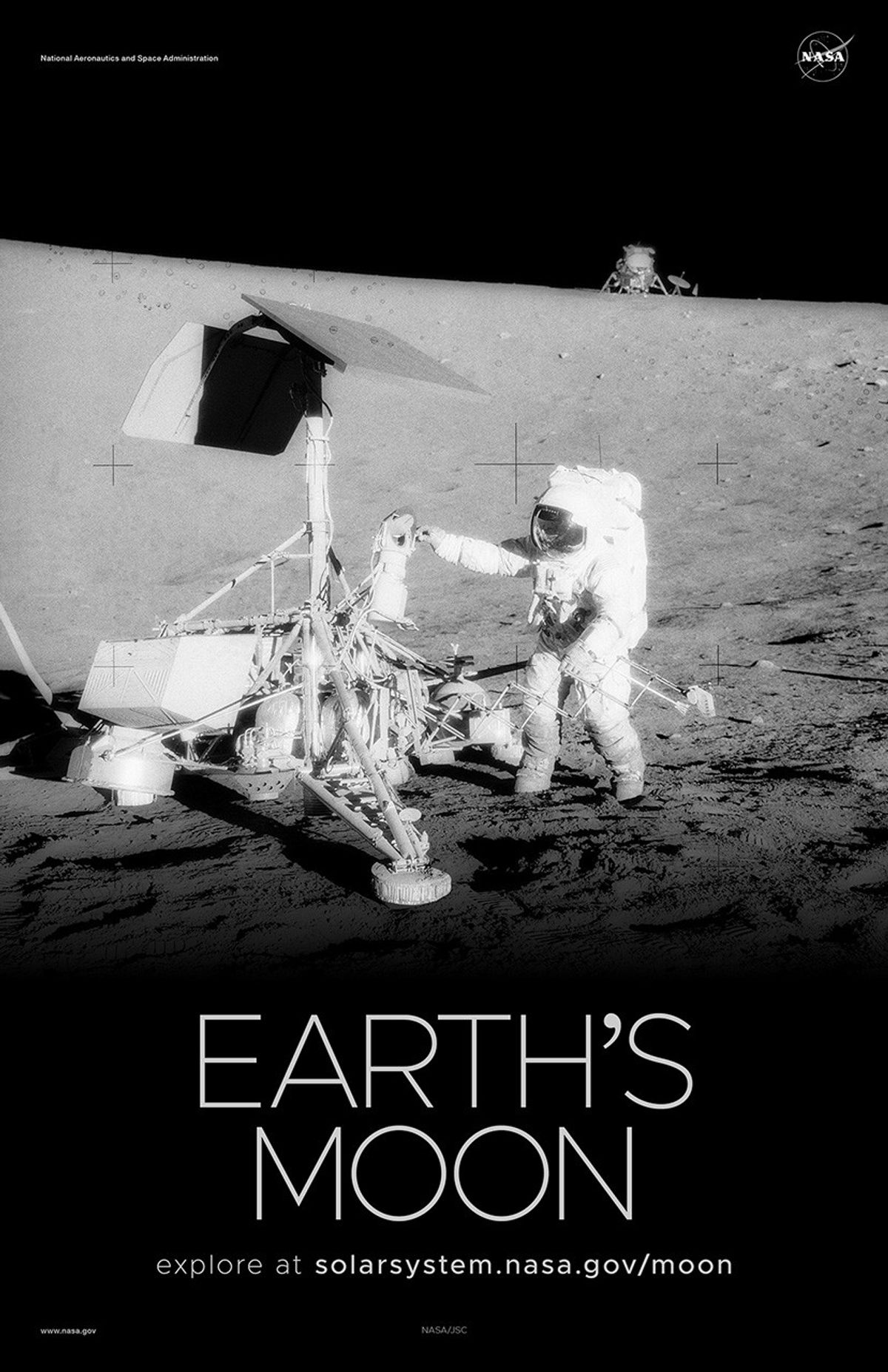
Moon Poster - Version G
This photograph, taken during the second Apollo 12 extravehicular activity, shows two U.S. spacecraft on the surface of the Moon: the Apollo 12 Lunar Module in the background, with the robotic Surveyor 3 spacecraft in the foreground.
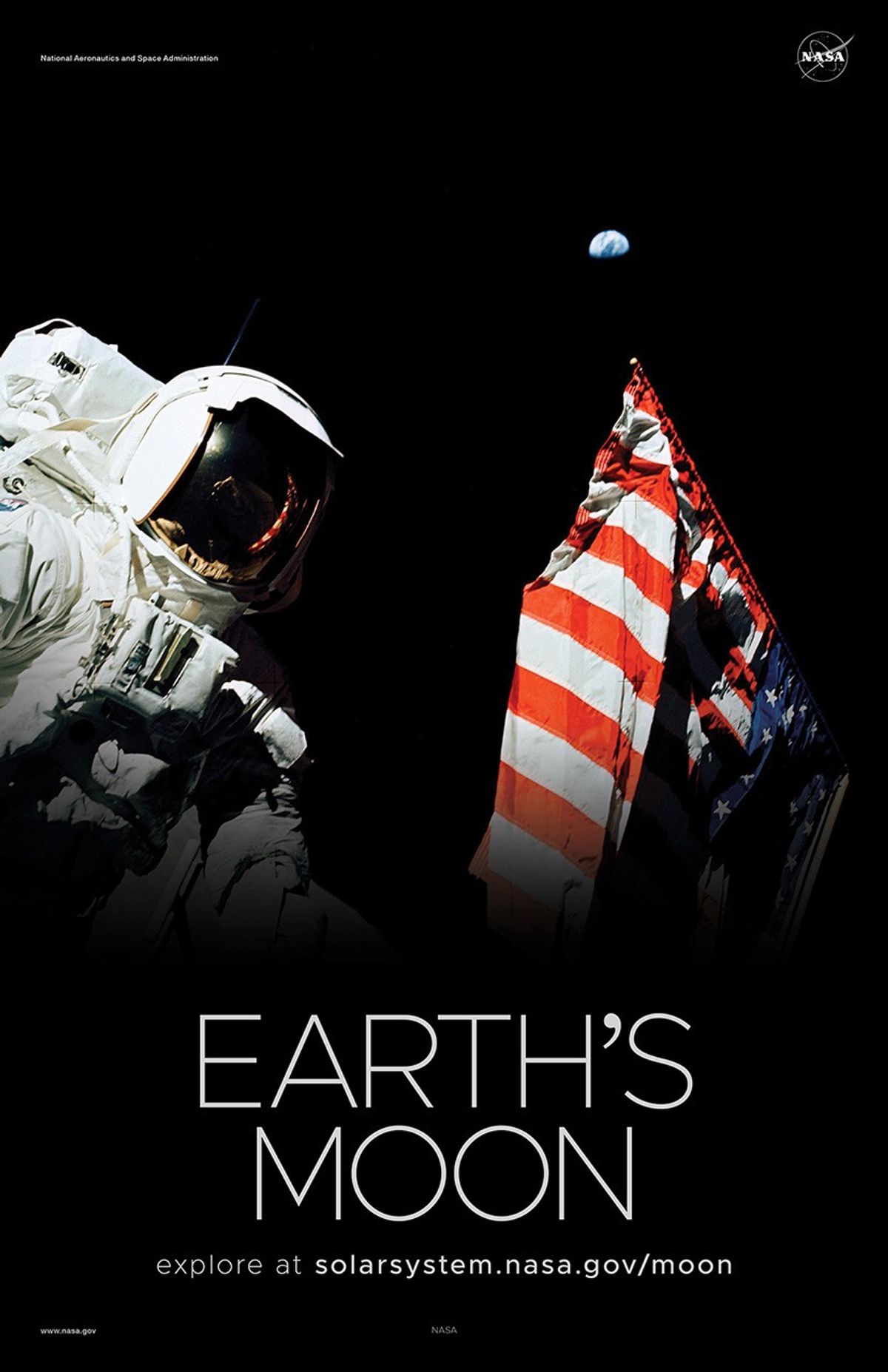
Moon Poster - Version H
Scientist-astronaut Harrison Schmitt stands by the American flag during a moonwalk on the Apollo 17 mission.
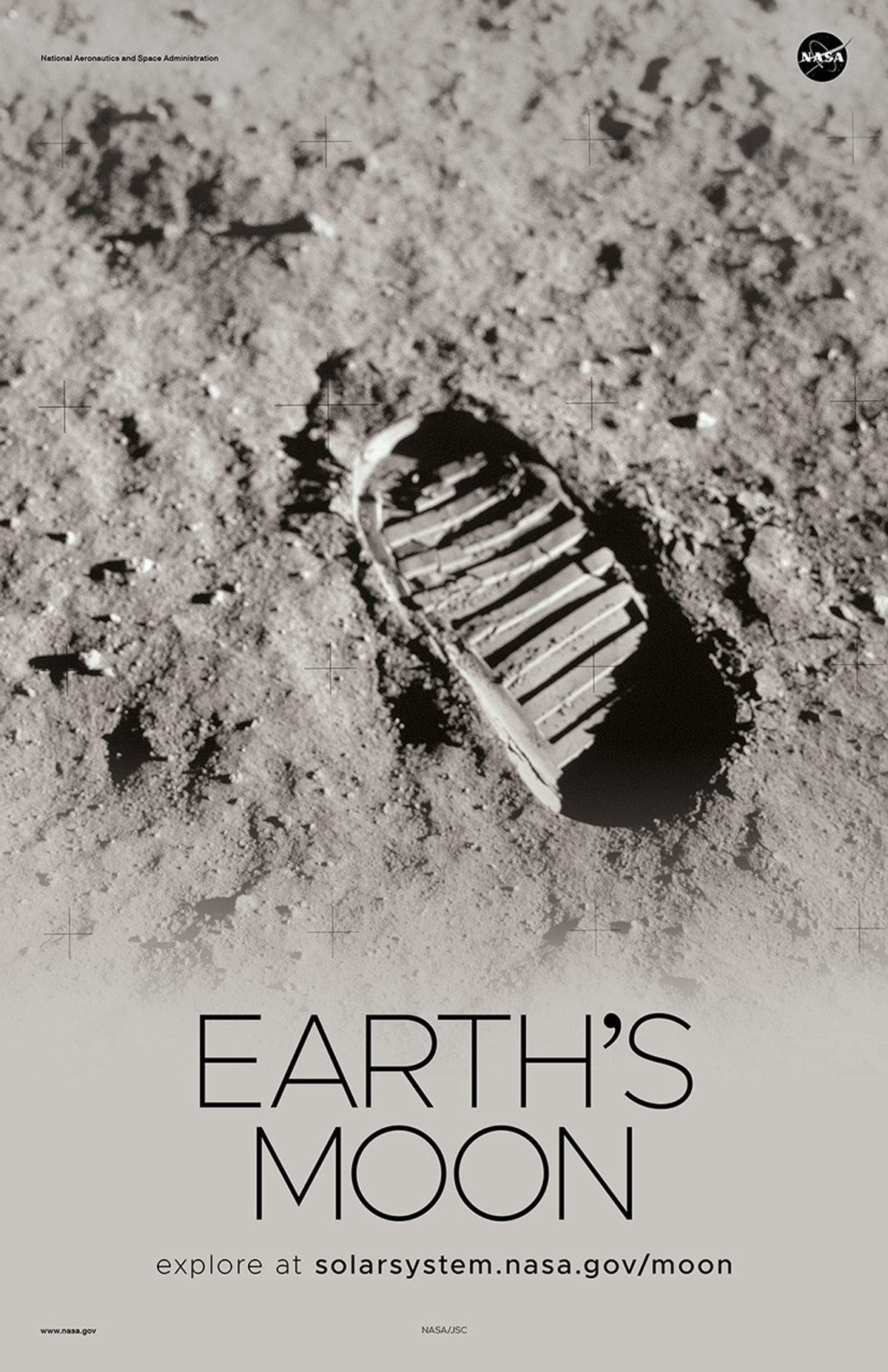
Moon Poster - Version I
A close-up view of an astronaut's boot print in the lunar soil, photographed during the Apollo 11 extravehicular activity on the Moon.
NASA’s Artemis II Lunar Science Operations to Inform Future Missions
While the Artemis II crew will be the first humans to test NASA’s Orion spacecraft in space, they will also…
Read the Story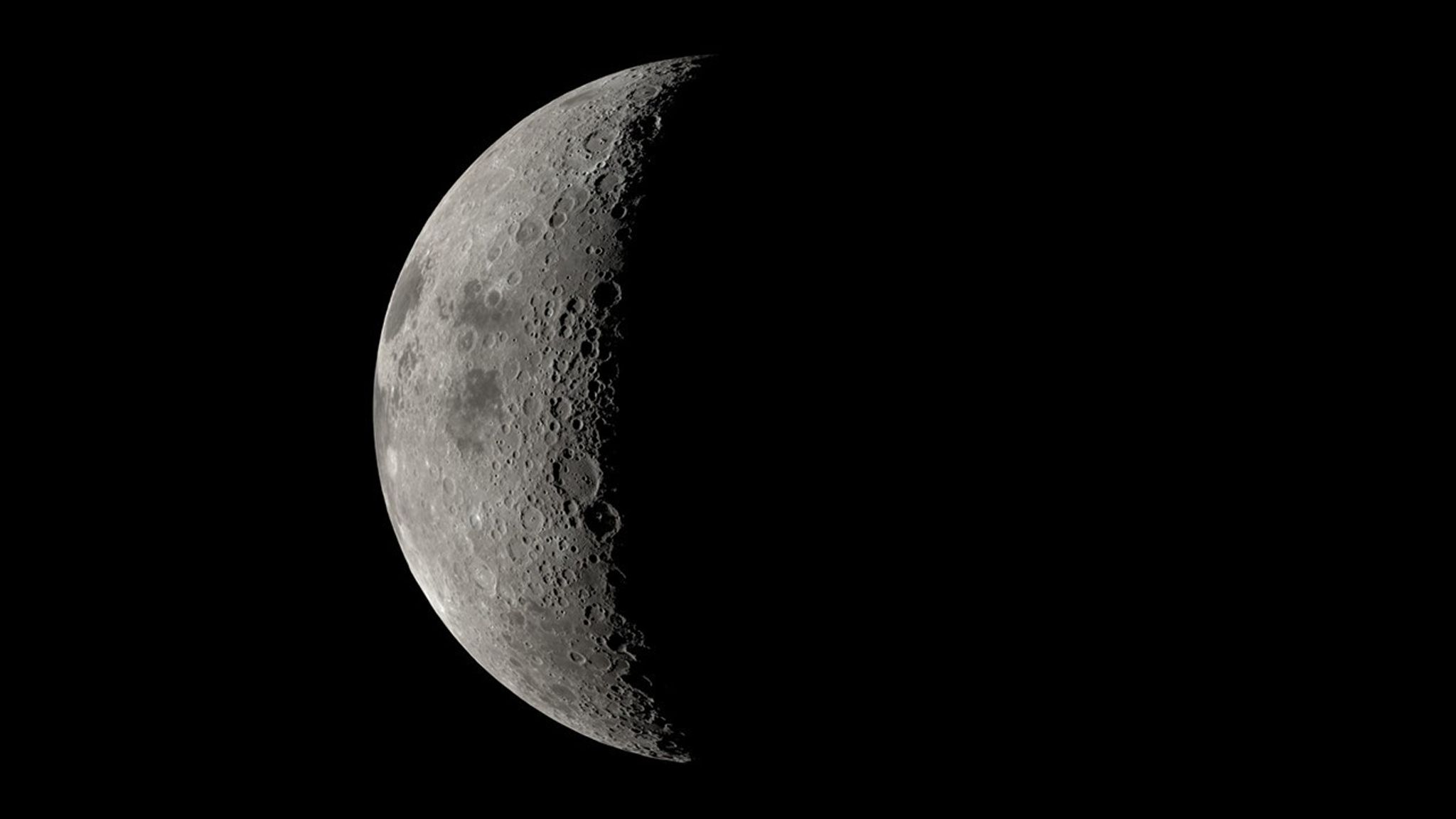
Online Interactives
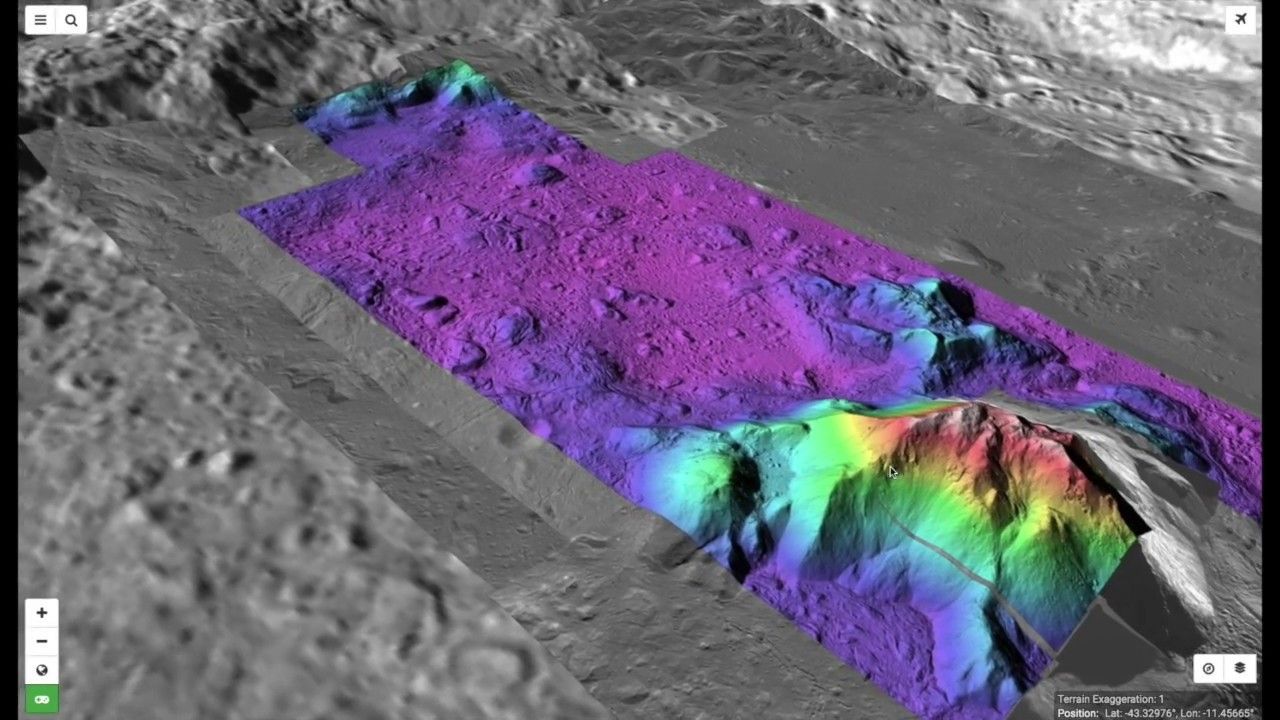
NASA's MoonTrek
Explore Earth's Moon using this interactive website. Perform a wide range of analyses such as measuring distances, creating elevation plots, and conducting lighting and slope analysis. You can also draw bounding boxes around any areas of interest to generate output files for 3D printing of desired surface features.

Daily Moon Guide
Check out NASA's interactive map featuring the Moon's phase each day of the year, along with several suggested sites to observe.
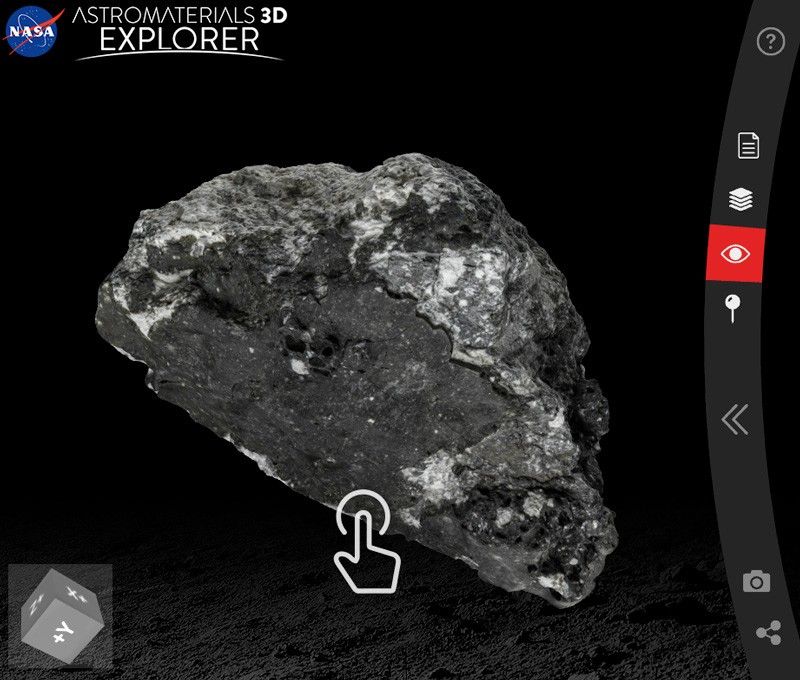
Astromaterials 3D Lunar Collection
Journey into the Astromaterials 3D virtual library of NASA's Apollo lunar collection! Examine and slice rock samples with the Explorer tool.
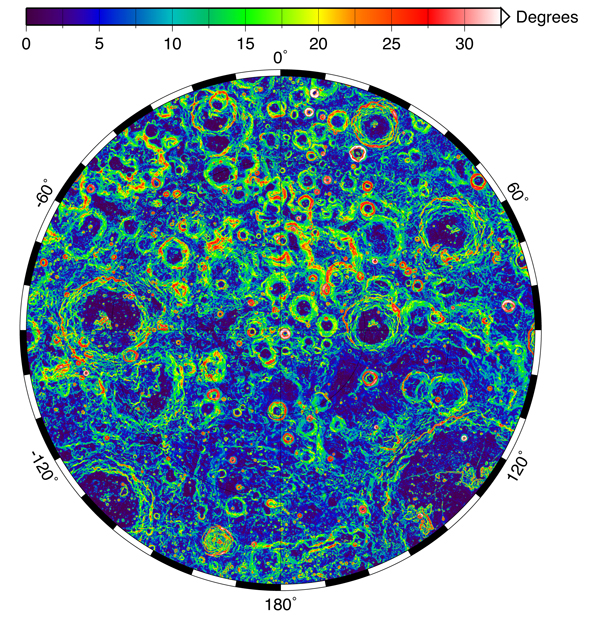
"Moon As Art" Collection
Explore an online lunar art gallery featuring visuals that were created using data gathered by NASA's Lunar Reconnaissance Orbiter.
More Moon Resources
Browse this site for even more lunar-themed resources and sort by topic or type.
Explore More